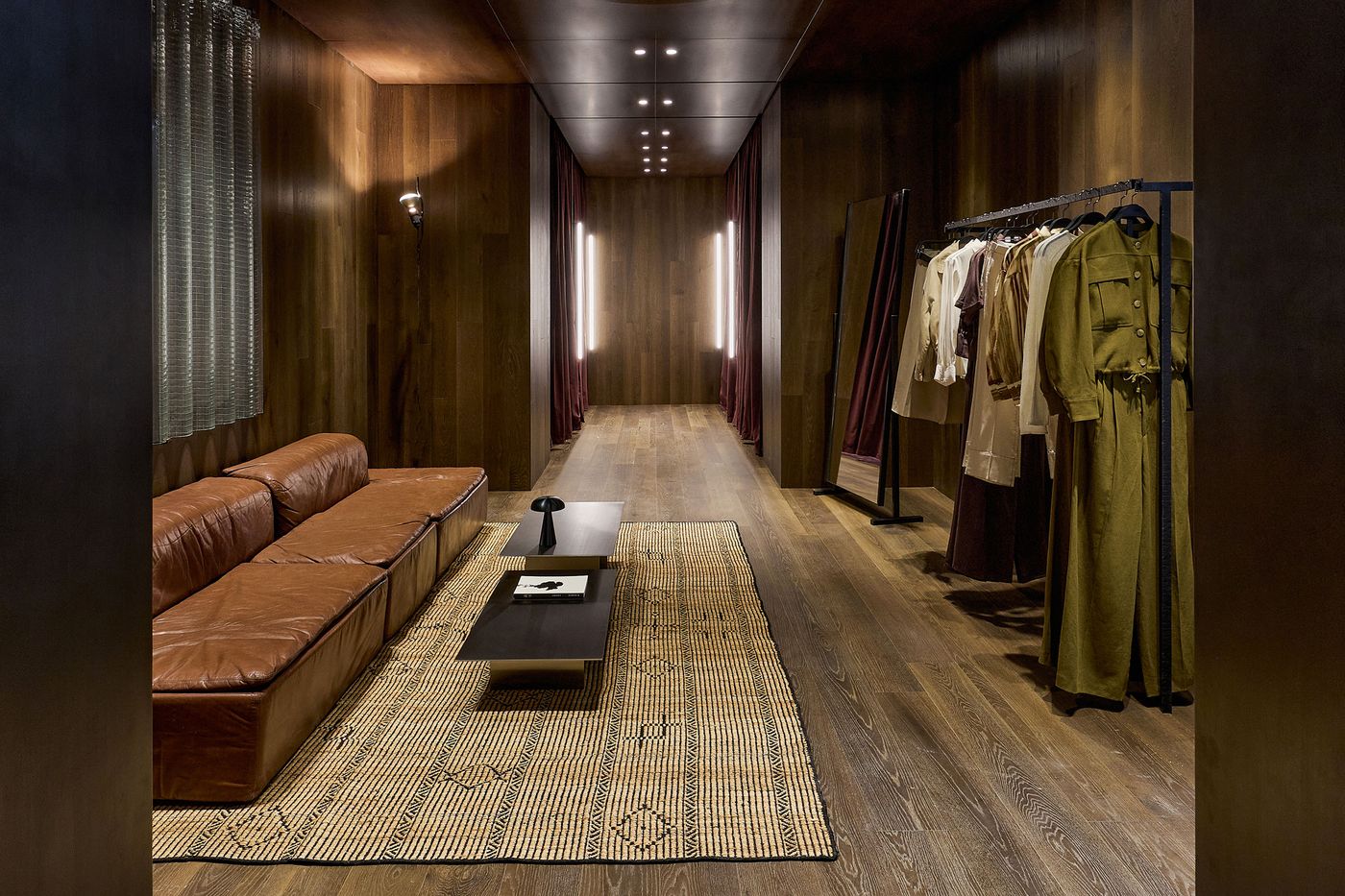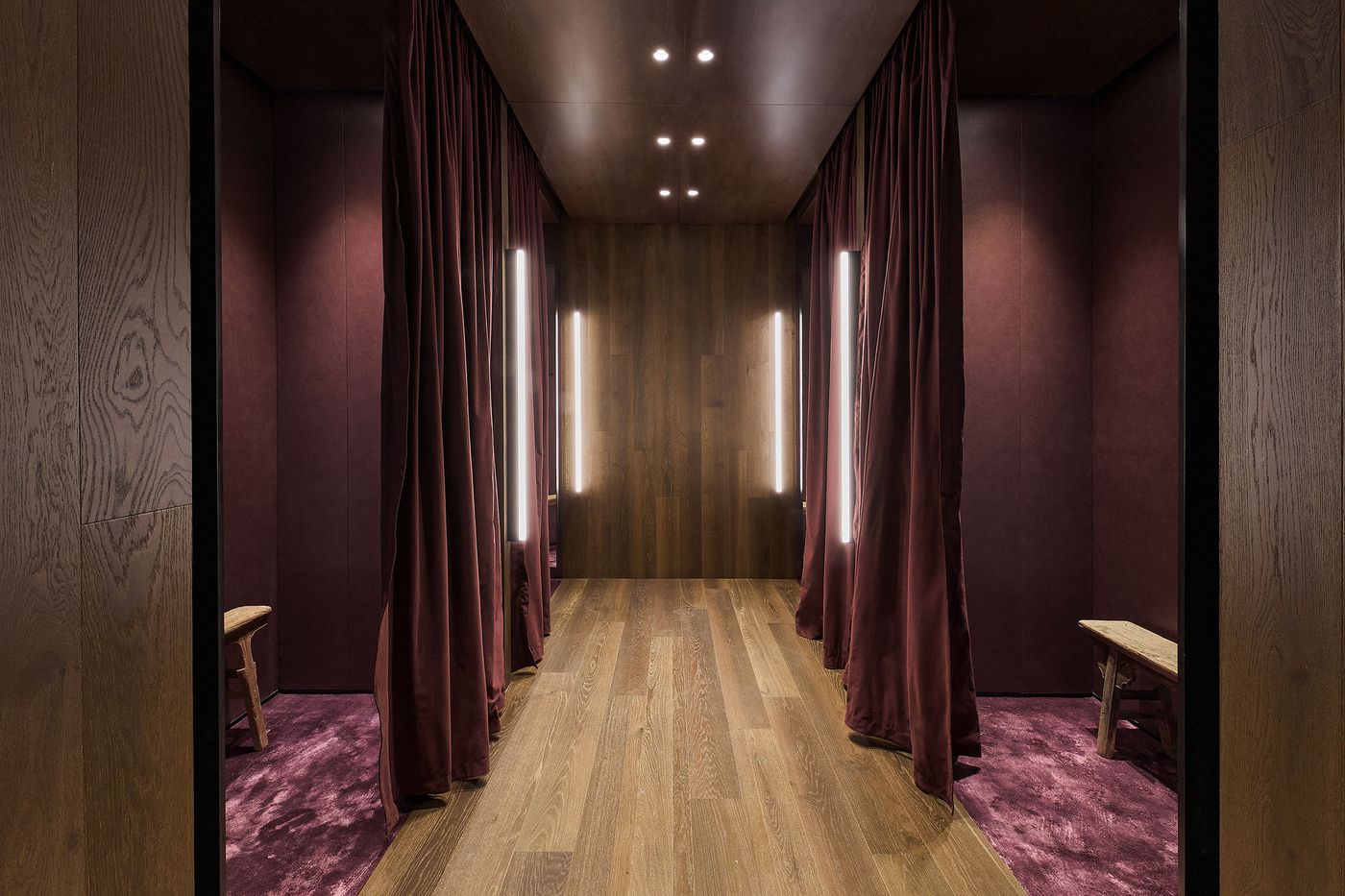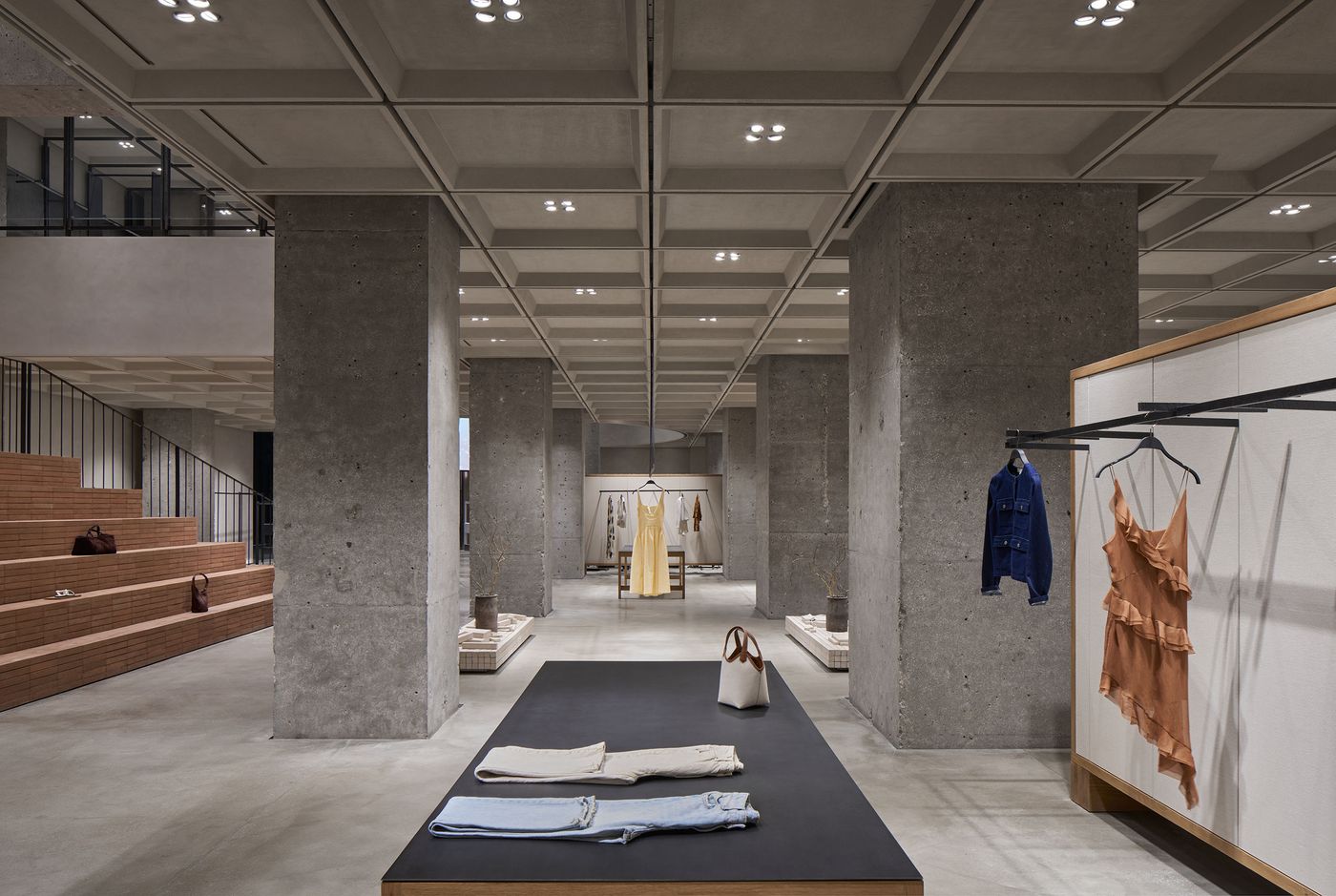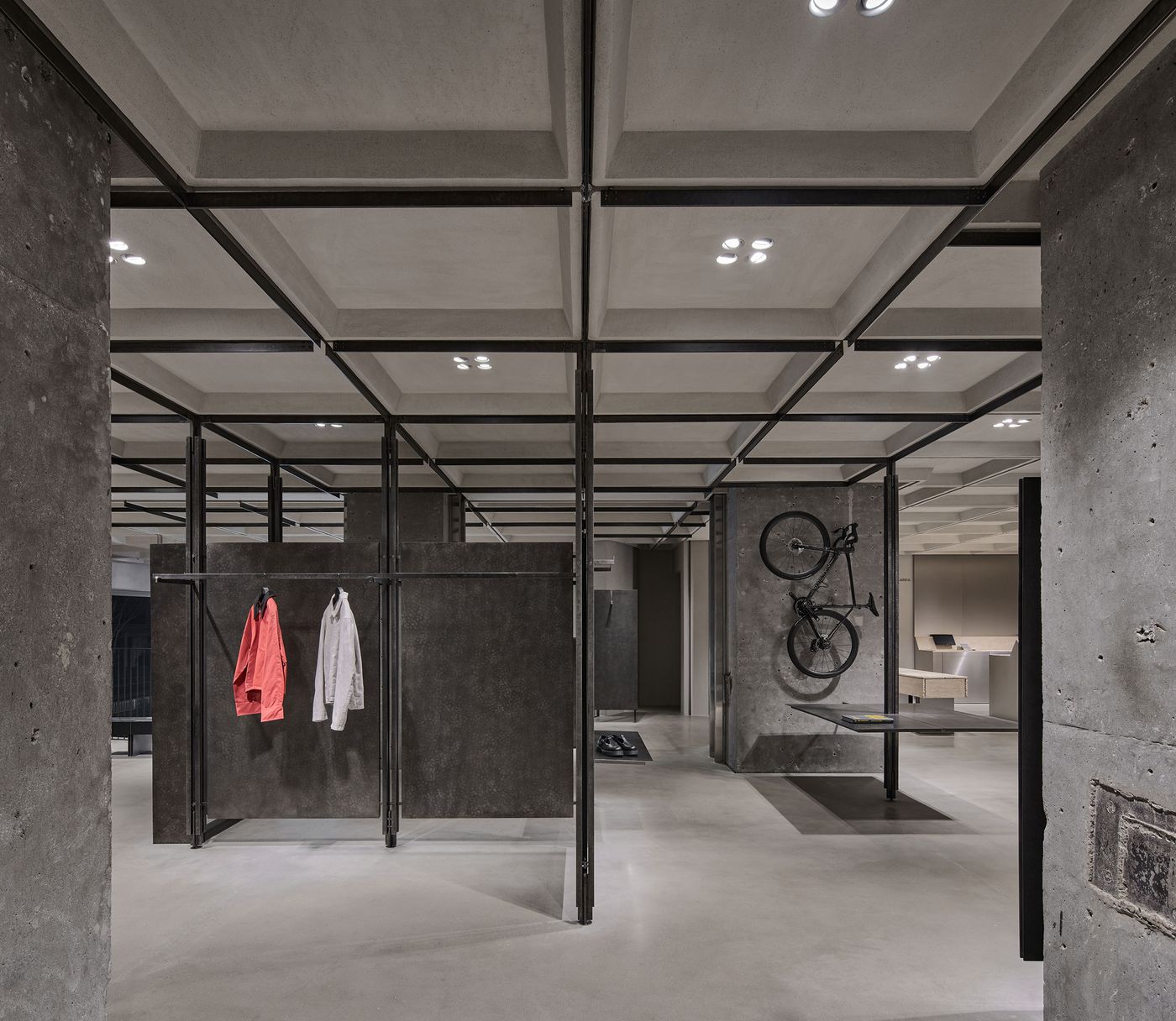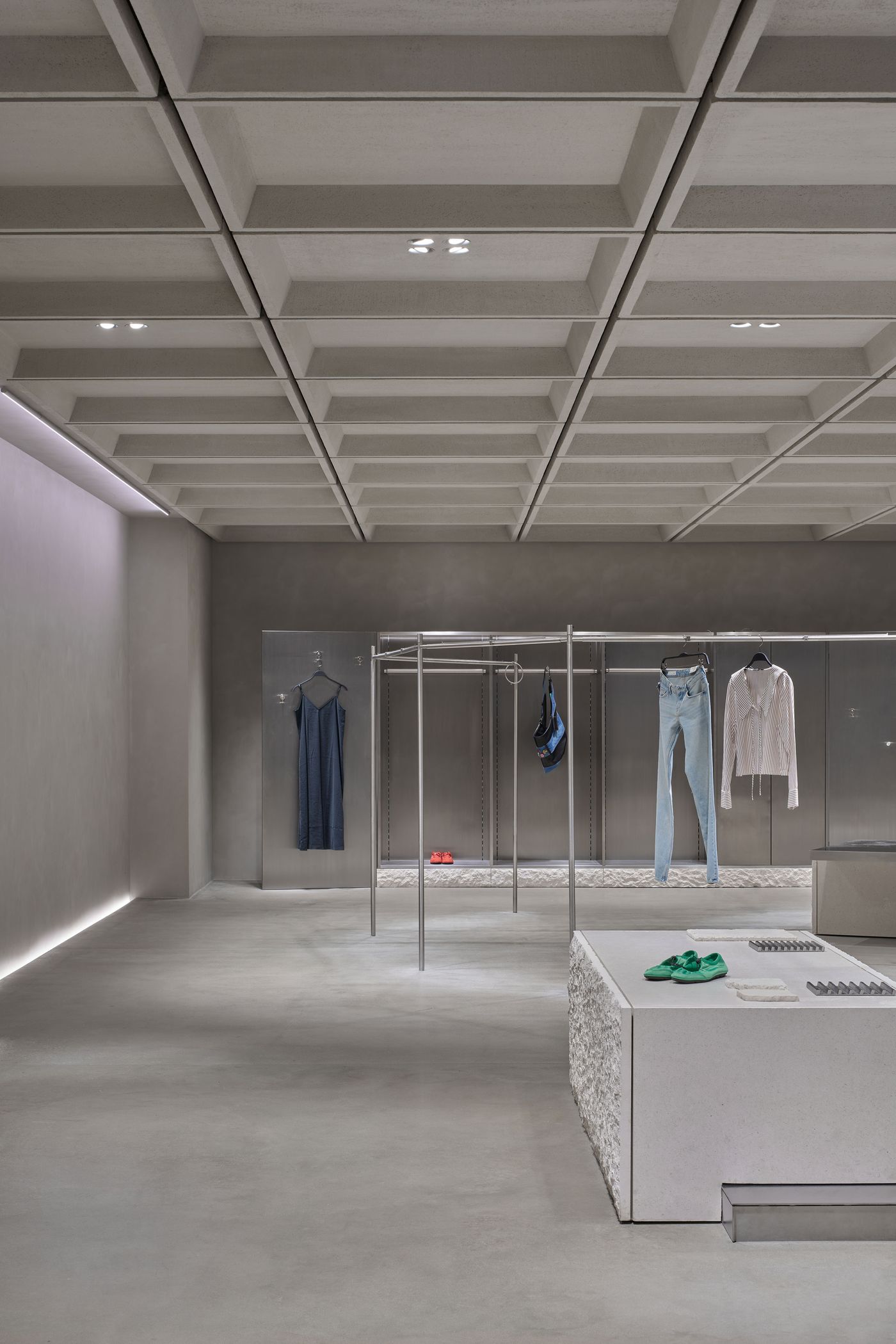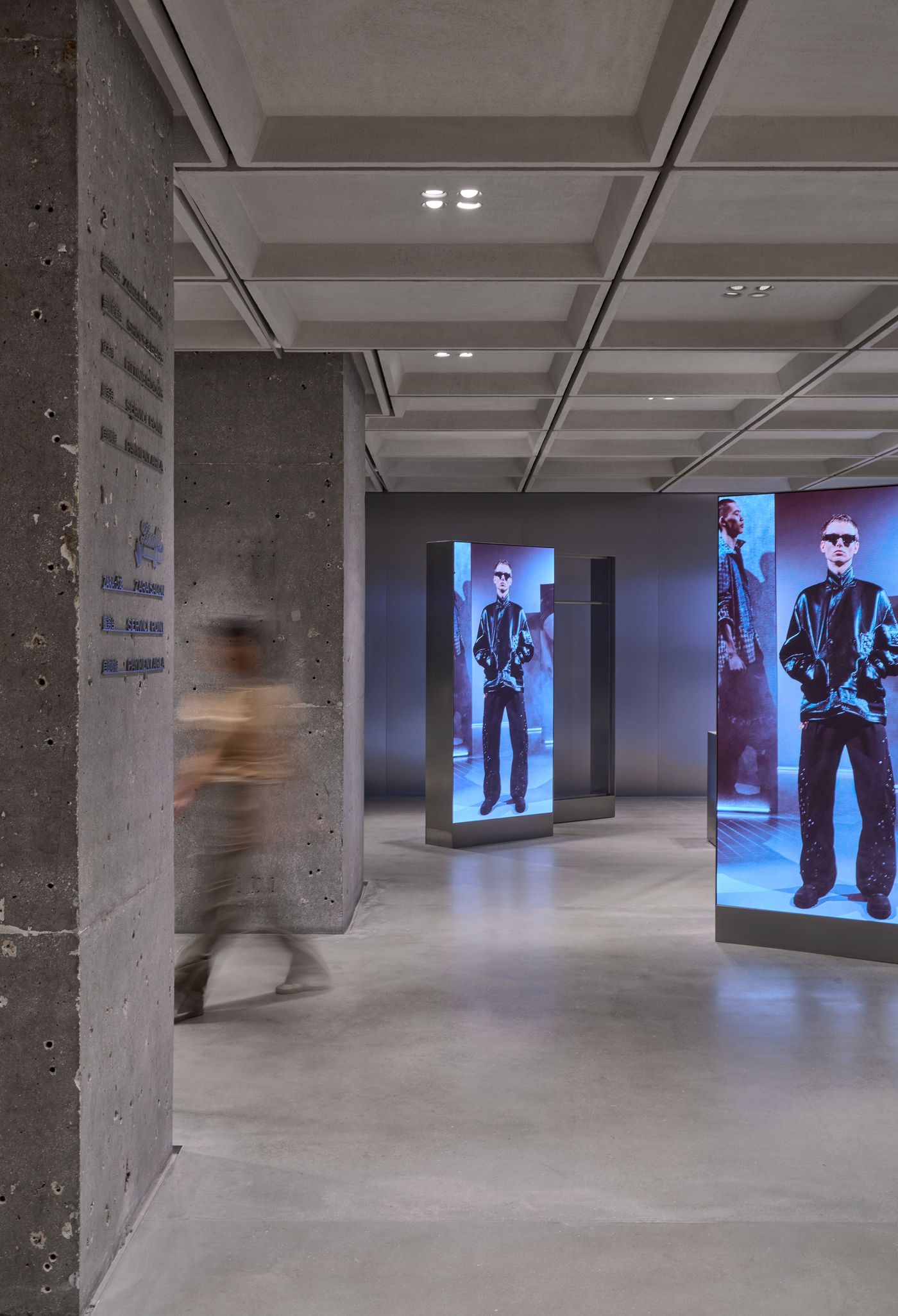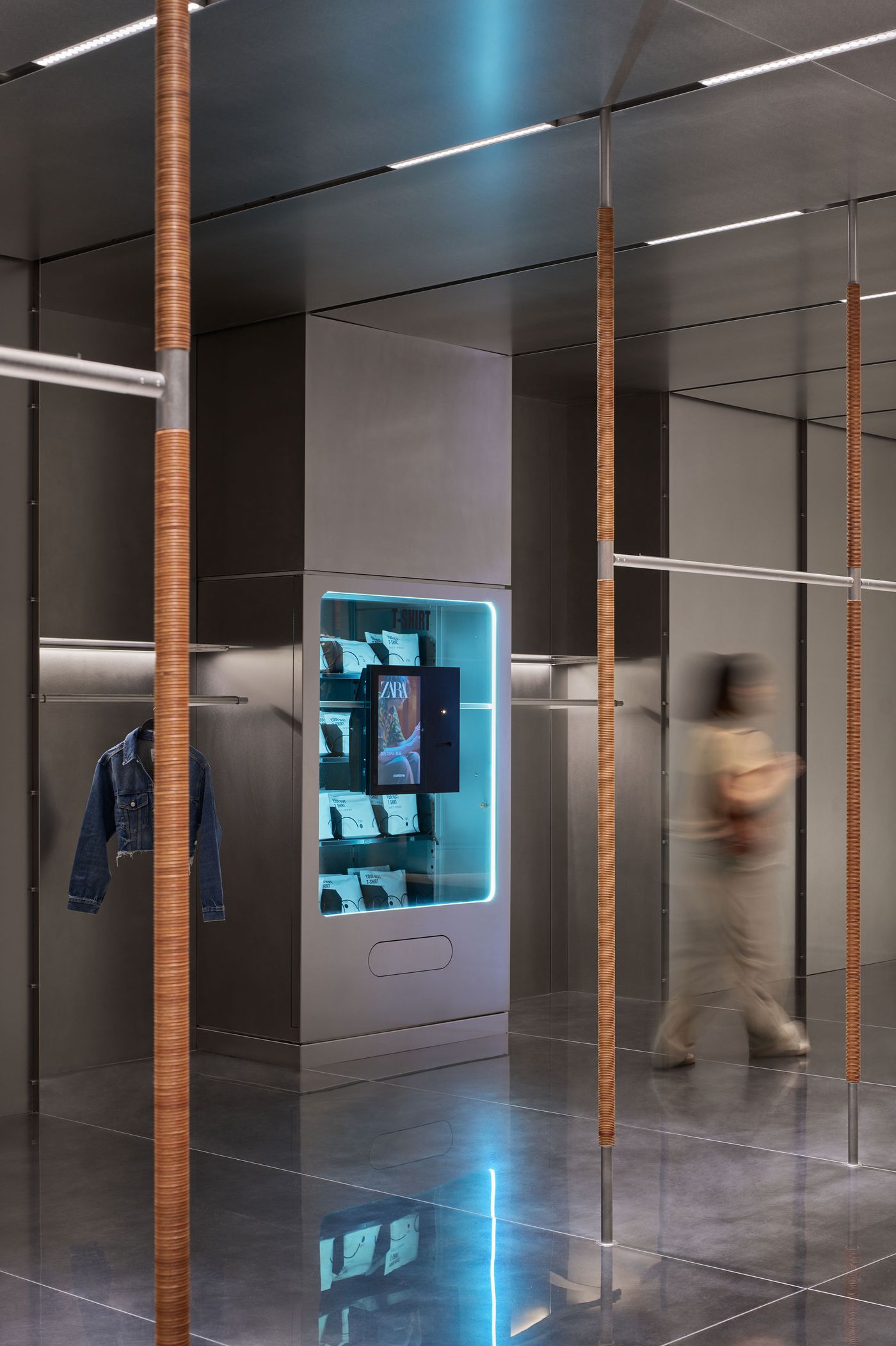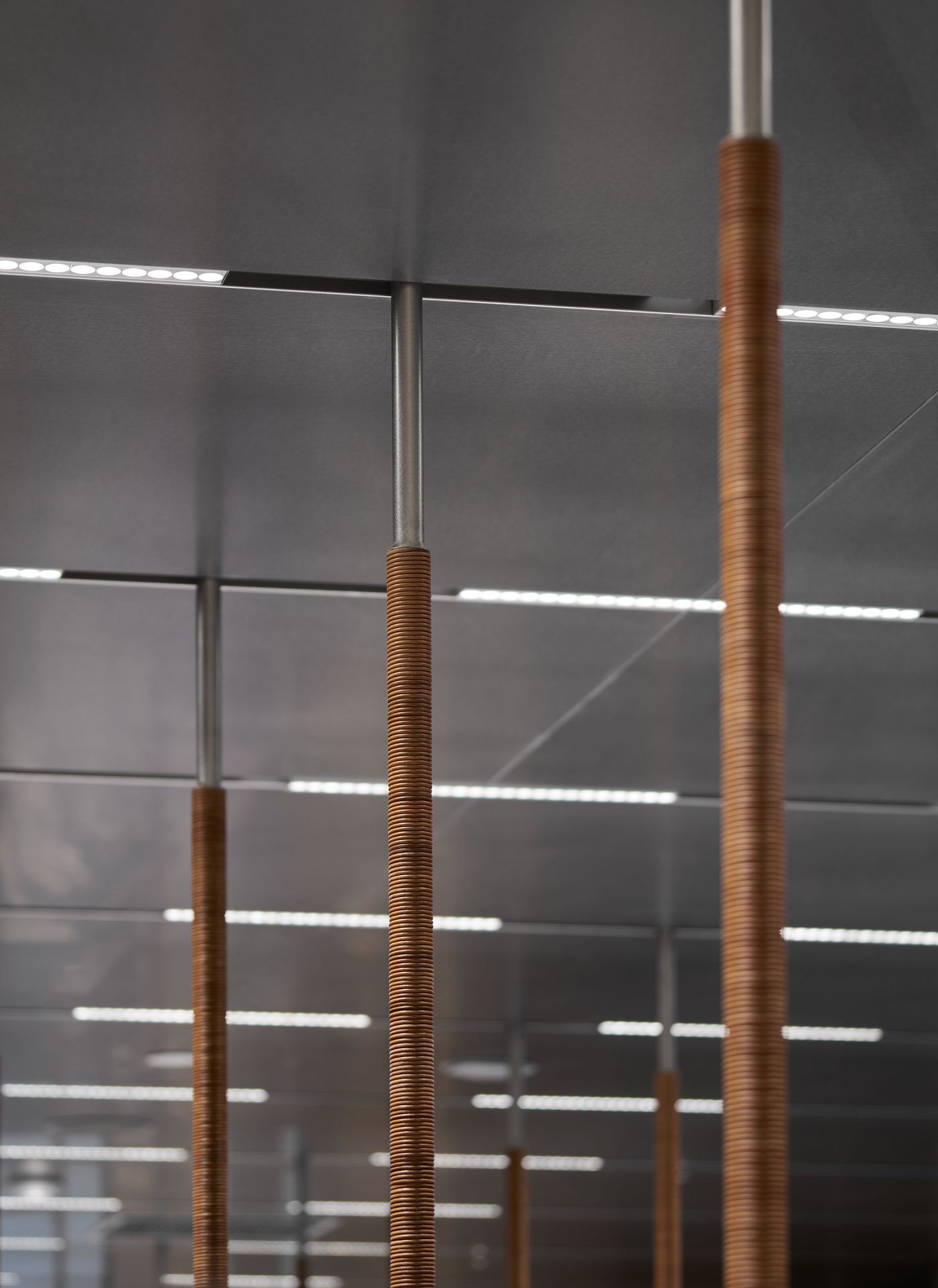
Zara’s Nanjing Flagship Store Blurs the Line Between Retail and Public Space
Words by Eric David
Location
Nanjing, China
Zara’s Nanjing Flagship Store Blurs the Line Between Retail and Public Space
Words by Eric David
Nanjing, China
Nanjing, China
Location
In an era of one-click purchases and algorithm-curated fashion, the rising dominance of online shopping has prompted even the most entrenched fashion retailers to rethink the potential of their physical spaces. Zara, a brand known for its relentless efficiency and global reach, has responded with a renewed focus on concept stores that are more attuned to experience rather than just inventory. Its recent addition, the Xinjiekou flagship in Nanjing, designed by Shanghai-based AIM Architecture, exemplifies this evolution and, crucially, introduces another dimension: the idea of retail as a civic gesture, as a space embedded in and responsive to the local context.

Photography by Seth Powers © Zara.

Photography by Seth Powers © Zara.
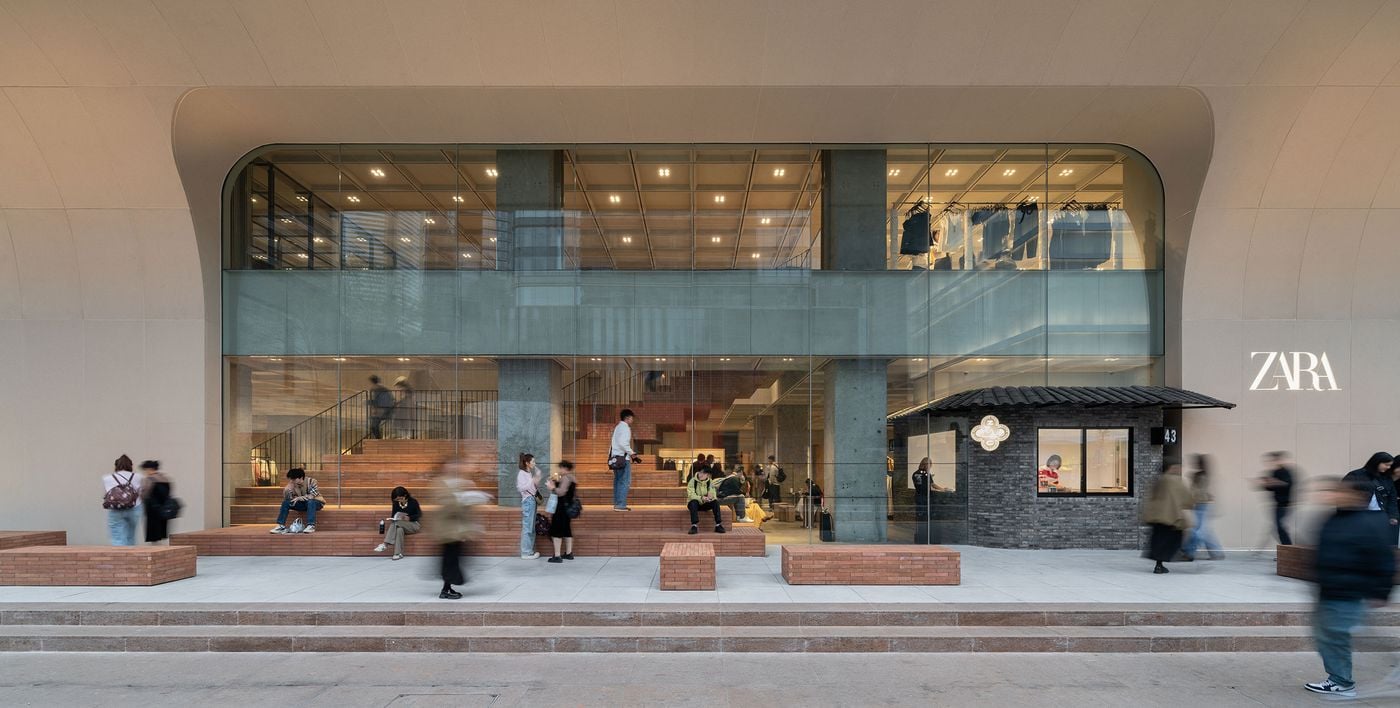
Photography by Seth Powers © Zara.
Located in the heart of Nanjing’s busiest commercial district, the two-storey flagship doesn’t merely stake its claim through scale but through urban choreography. A sweeping cantilevered canopy creates a threshold that’s both generous and porous, softening the boundary between the store and the street, as does a newly designed plaza that folds into the building via a double-height foyer. The distinction between public and commercial space is further blurred inside by an amphitheatre-like staircase, serving as equal parts seating, spectacle and circulation, which appears to spill out onto the pavement.
Constructed from red brick, the sculptural staircase looms large through the glass façade, drawing in visitors and inviting them to linger. This gesture of spatial hospitality is further echoed in Zacaffè, a café conceived as a brick “house within the house,” which subtly breaches the glass façade to cater to customers on the street as much as those inside the store. Outside, benches made from the same red brick extend the gesture outward, encouraging passersby to pause, sit, and participate in the brand’s ecosystem, whether or not they intend to venture inside and shop.
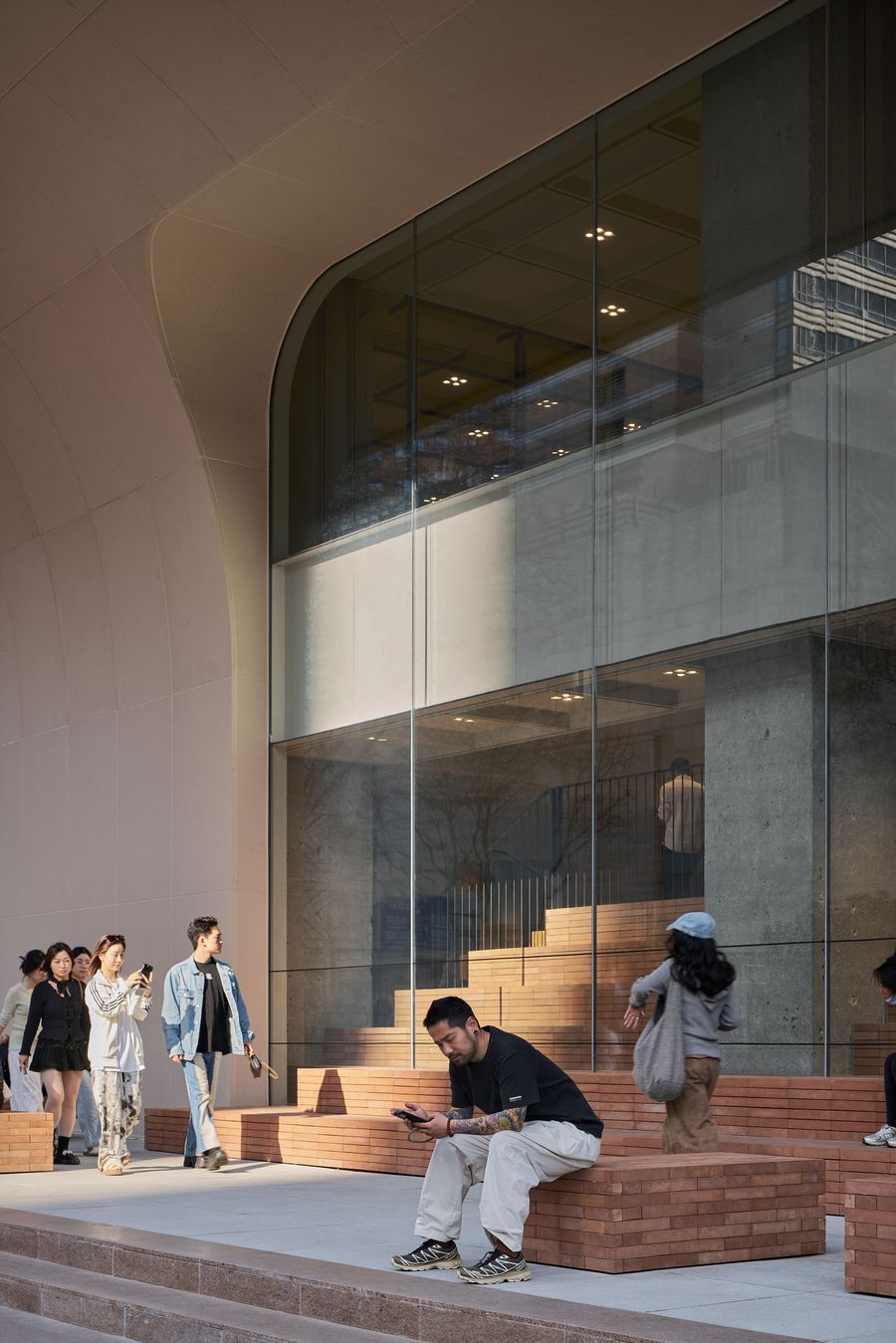
Photography by Seth Powers © Zara.

Photography by Seth Powers © Zara.
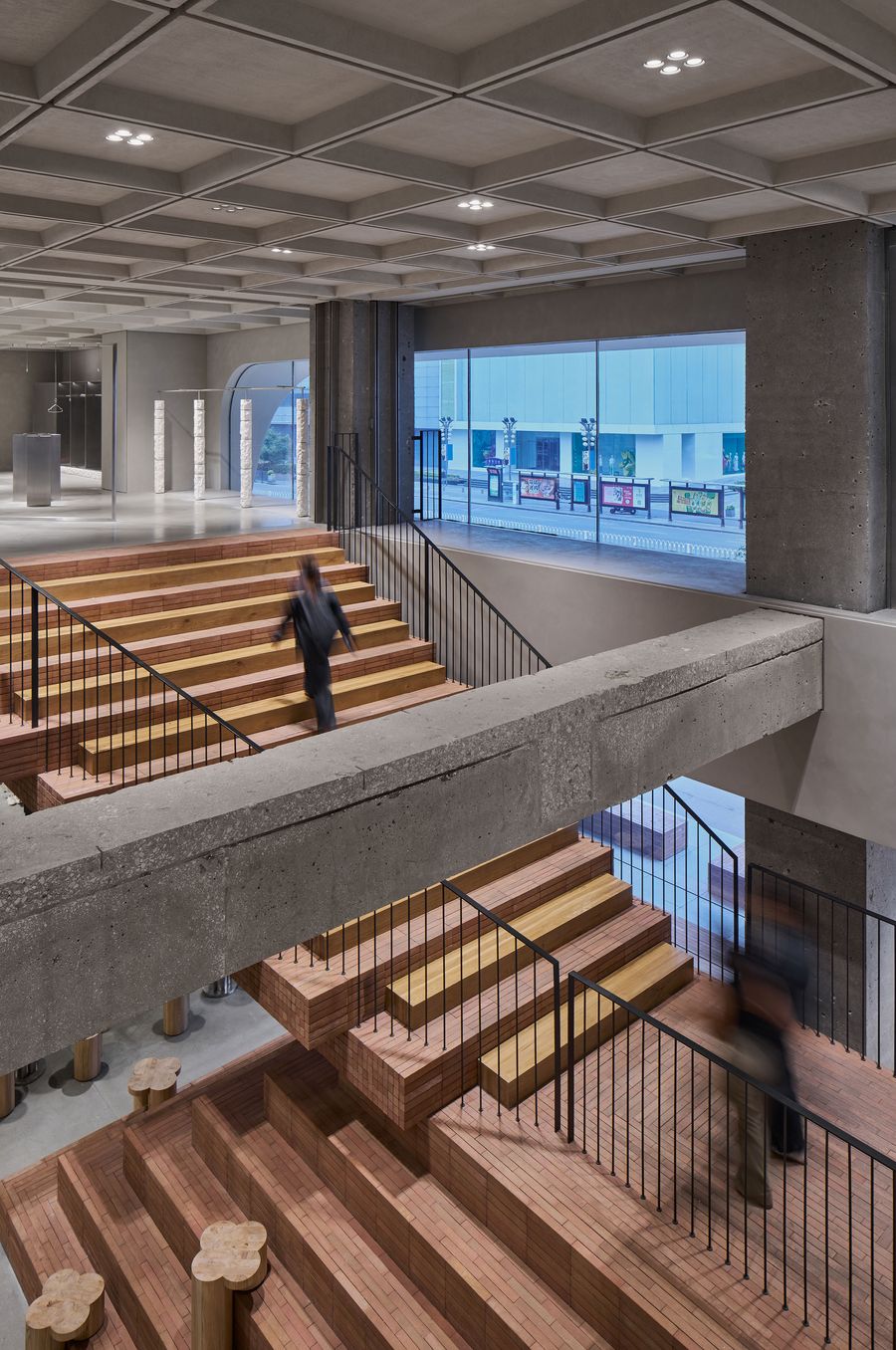
Photography by Seth Powers © Zara.
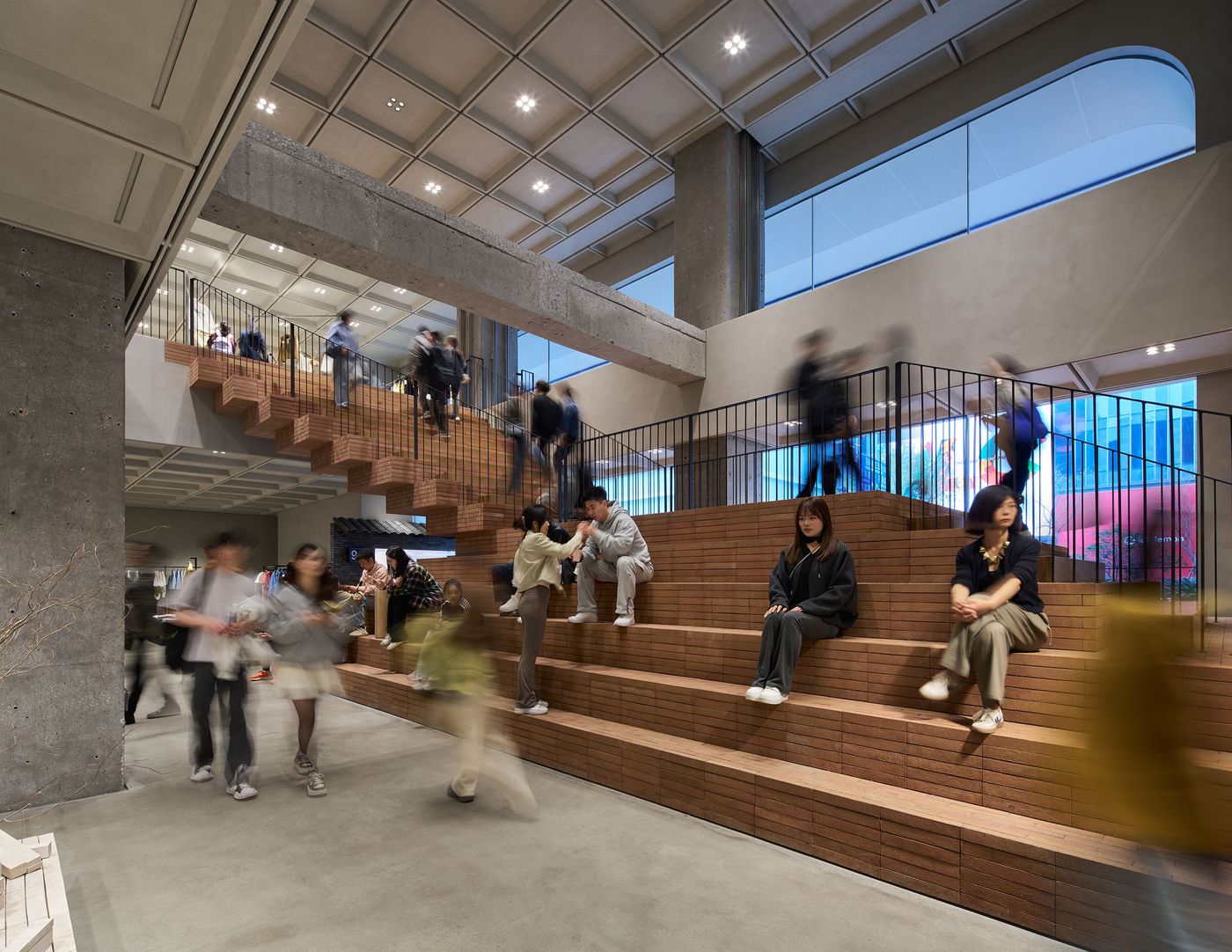
Photography by Seth Powers © Zara.

Photography by Seth Powers © Zara.
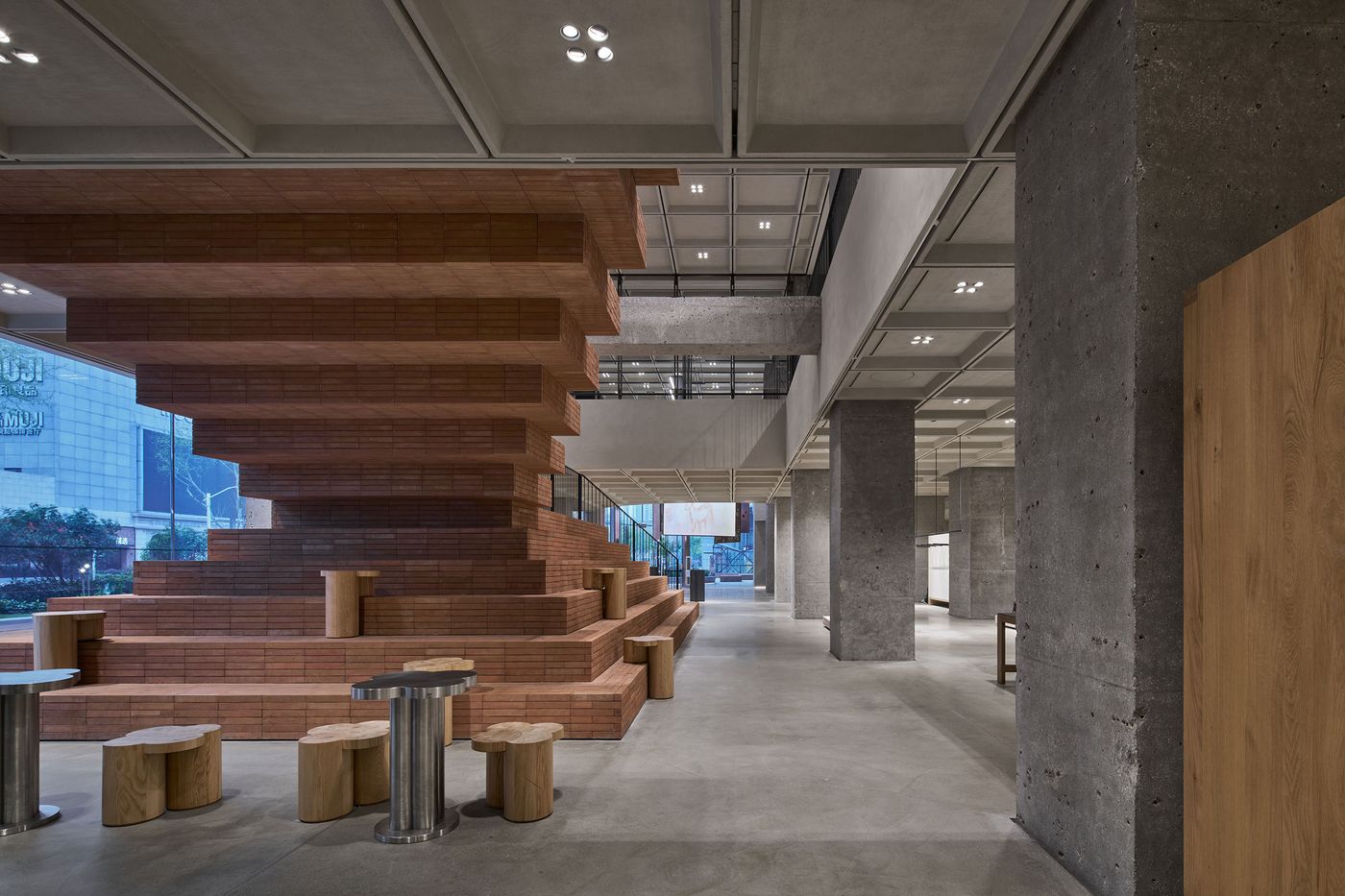
Photography by Seth Powers © Zara.
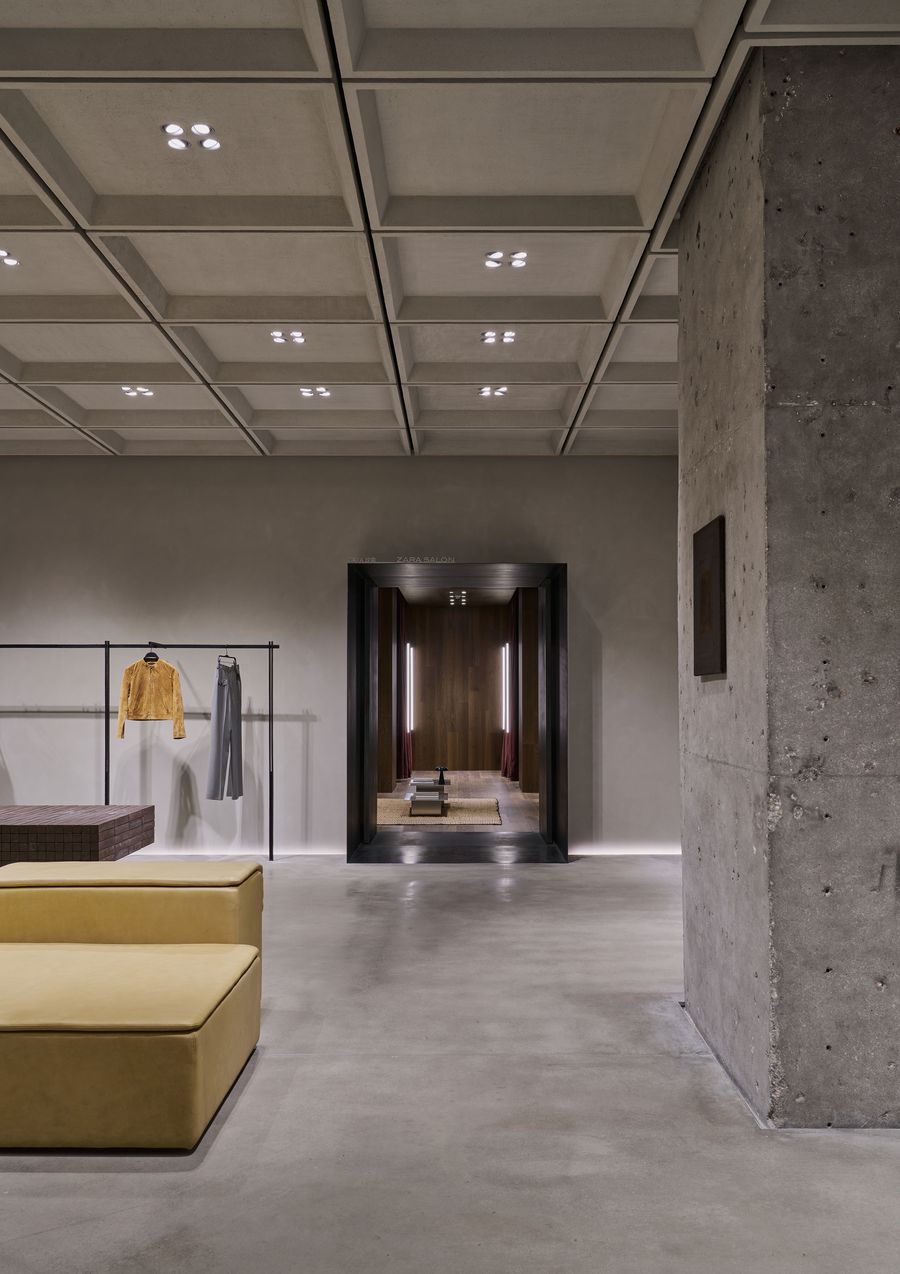
Photography by Seth Powers © Zara.
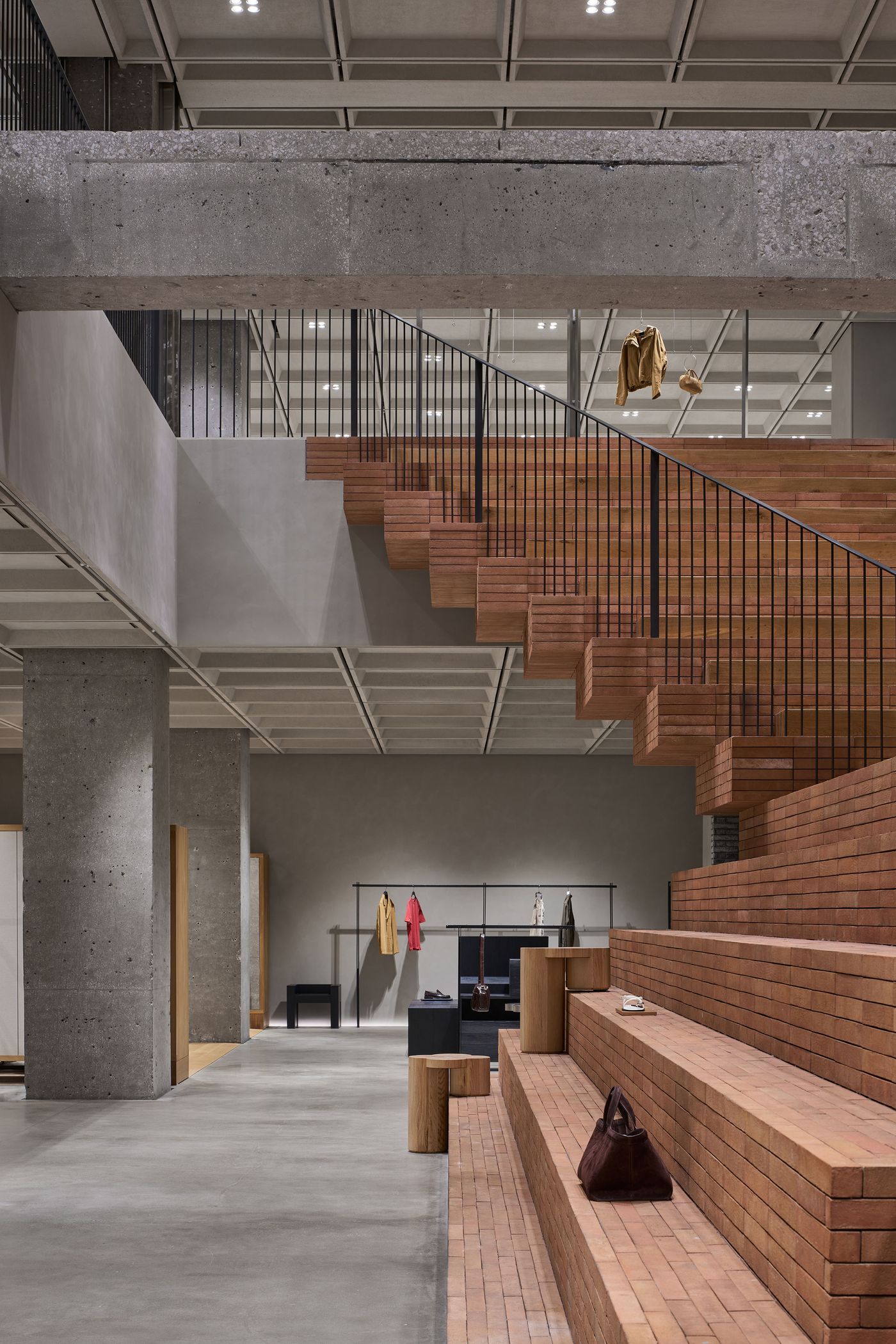
Photography by Seth Powers © Zara.

Photography by Seth Powers © Zara.
With Zara’s spatial strategy based on creating layered experiences for different kinds of users, on the ground floor, ZARA Salon introduces a boutique-like atmosphere for more intimate, curated retail interactions, while the upper level embraces a livelier, youth-oriented energy. The result is a multifaceted customer journey that feels tailored and intentional, with architecture reinforcing the brand’s narrative agility.
AIM’s approach to materiality is as deliberate as their spatial sequencing. The red brick, used in stepped seating, benches and display elements, draws from Nanjing’s architectural vernacular, lending the store a tactile sense of place and cultural continuity. In contrast, polished concrete floors, exposed structural columns, and a coffered concrete ceiling establish a rhythm of industrial elegance, offering a cool, almost monastic backdrop for the brand’s constantly rotating merchandise. The juxtaposition between raw and refined materials—think warm-toned woods next to brushed steel, soft textiles juxtaposed with rugged stone elements—successfully creates a layered, textural language that deepens the scheme’s dialogue between heritage and modernity.
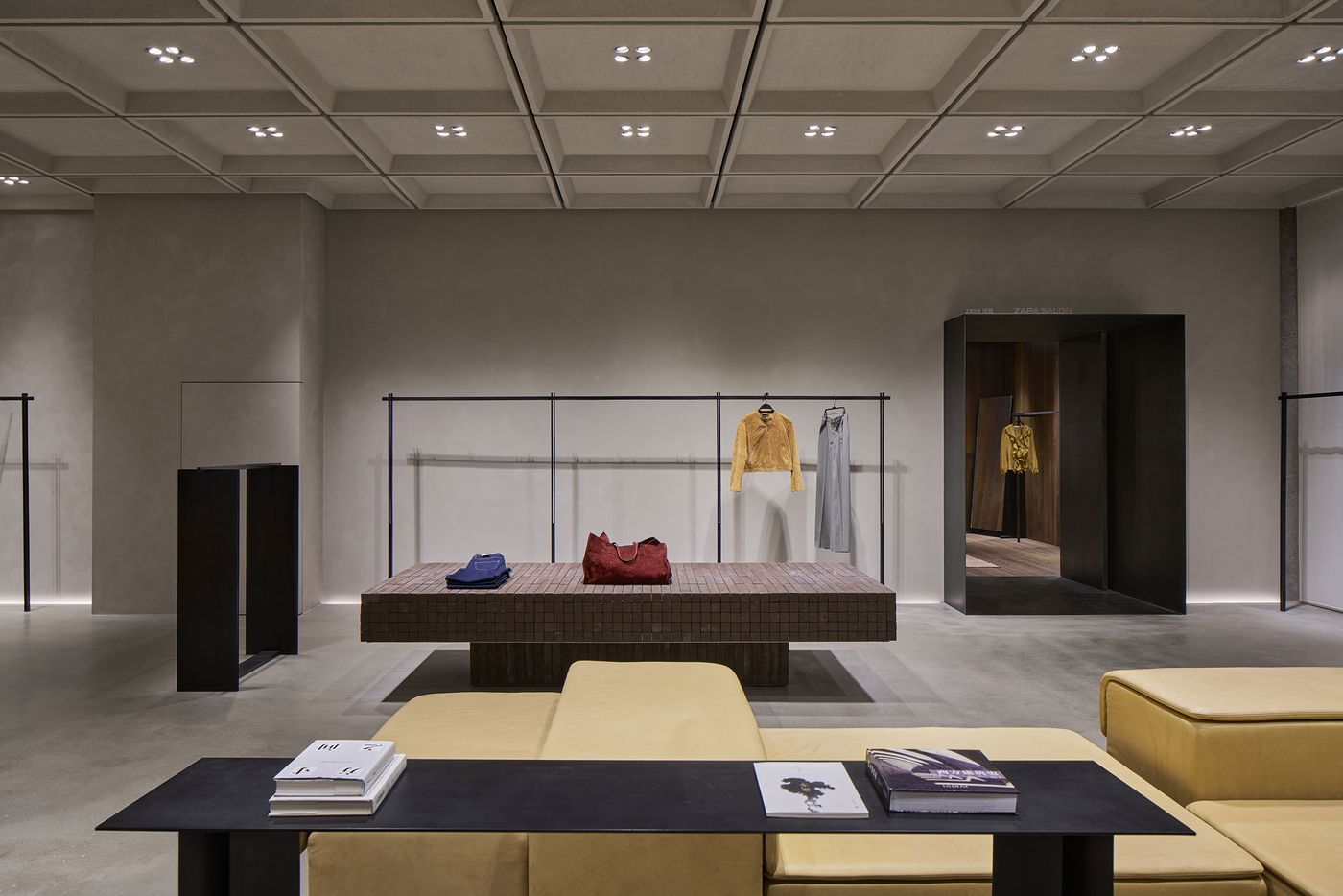
Photography by Seth Powers © Zara.
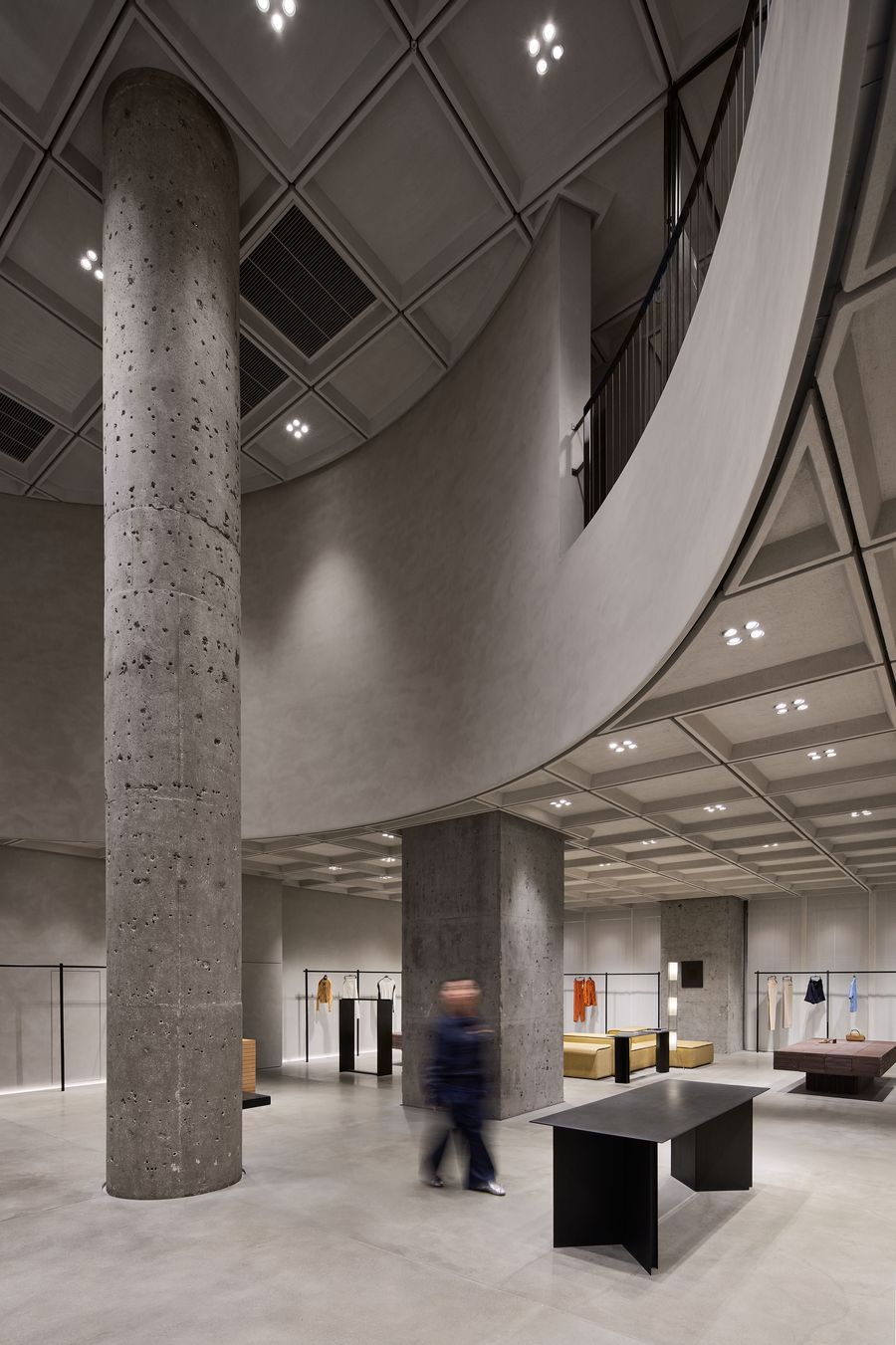
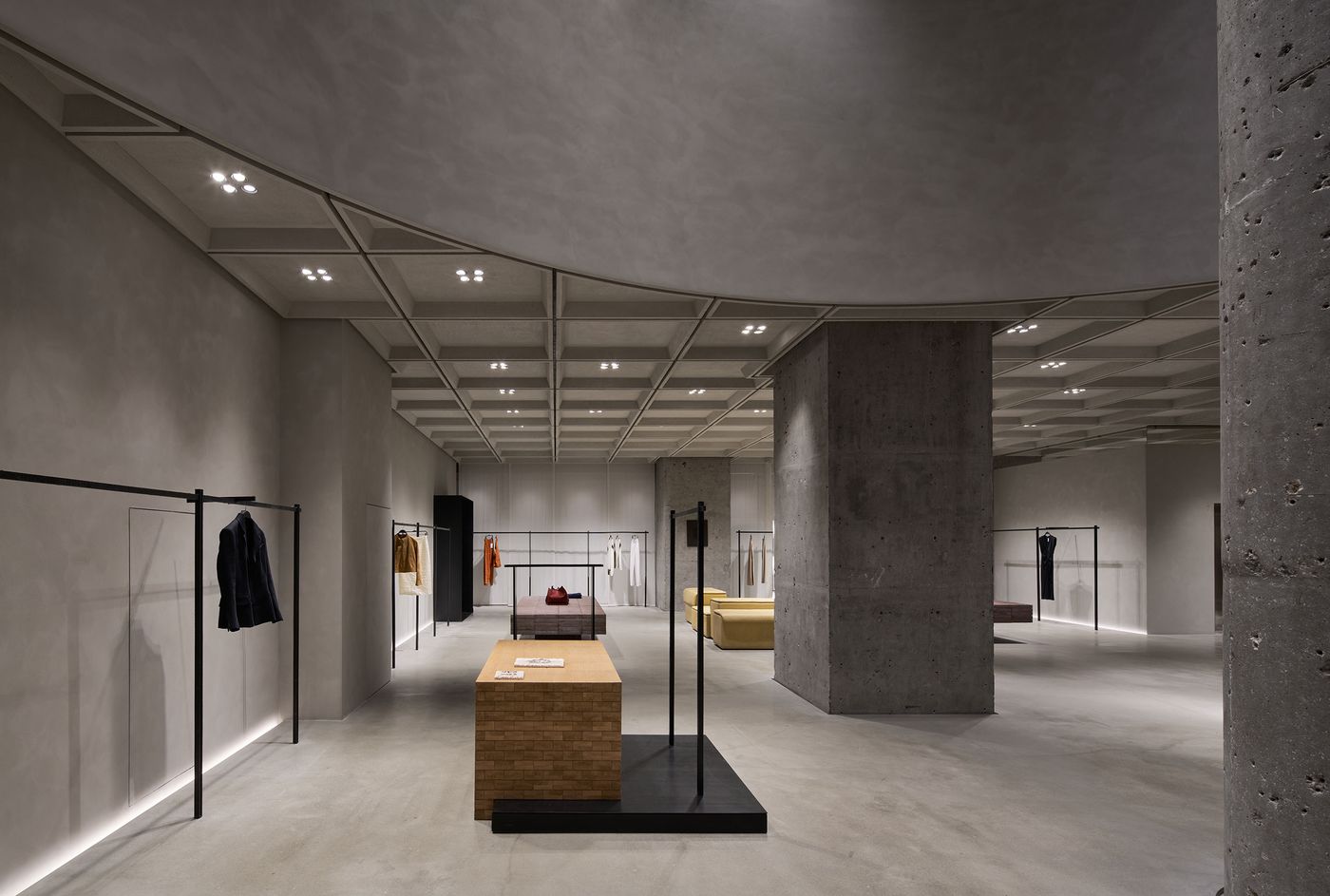
Photography by Seth Powers © Zara.

Photography by Seth Powers © Zara.
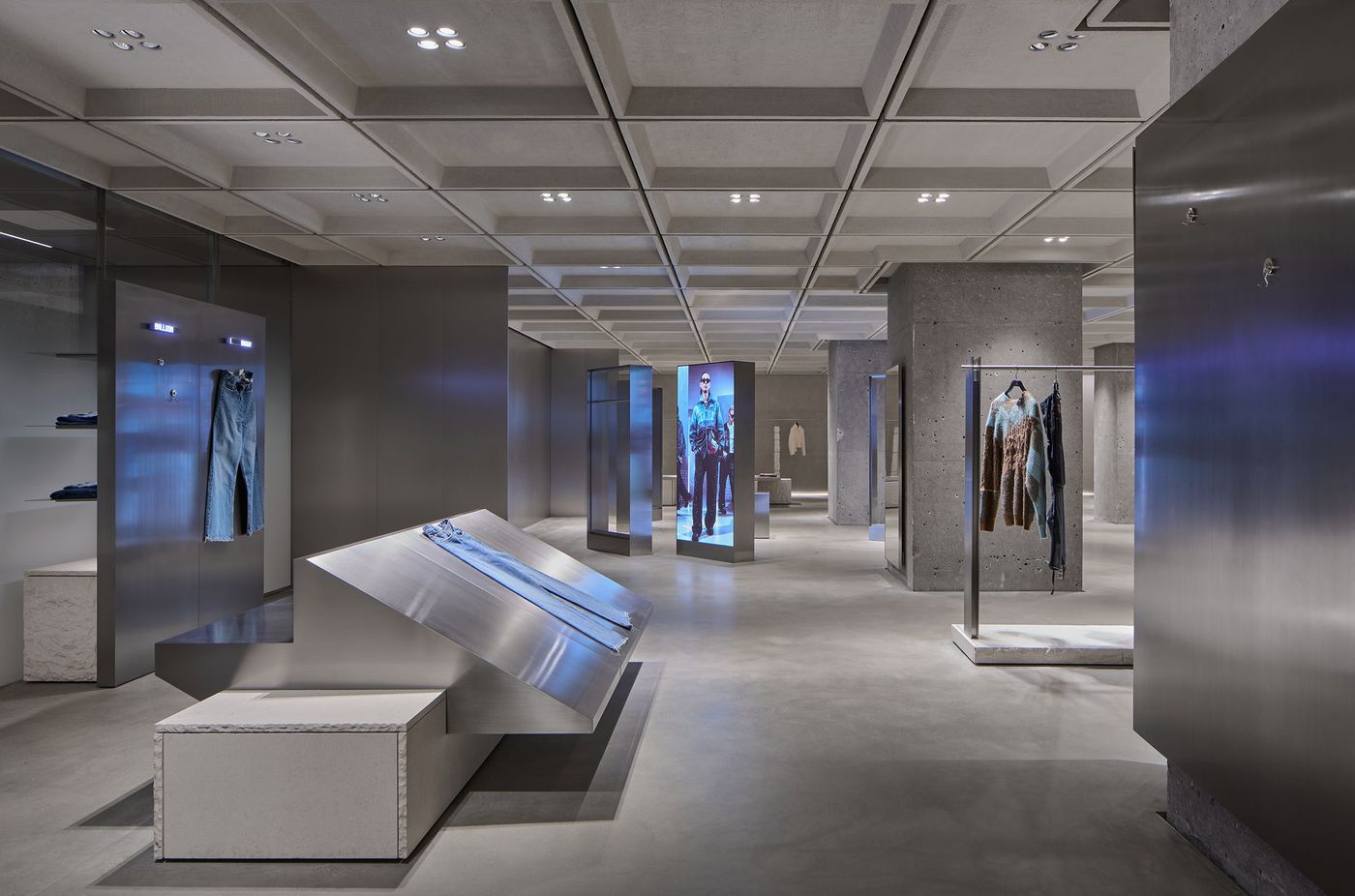
Photography by Seth Powers © Zara.
While the store’s material and spatial warmth might suggest a departure from Zara’s famously no-nonsense ethos, the efficiency that that Zara has come to known for still remains embedded in the design. With this in mind, a glazed interior wall reveals the store’s automated garment transportation system, a behind-the-scenes feature typically hidden from public view, while the Zara Fit Check booth, a bookable, professional-grade photo studio, encourages digital-savvy visitors to create high-quality content. Rather than layering on gimmicks, the digital elements here serve to extend shoppers’ physical encounter with the merchandise.
Ultimately, Zara’s Xinjiekou flagship operates as more than just a retail destination. It functions as a civic node as well as a model for how global brands can root themselves in the specific locales. In doing so, their strategy not only offers a compelling reimagination of Zara’s spatial identity, but a timely blueprint for the future of urban retail.

Photography by Seth Powers © Zara.
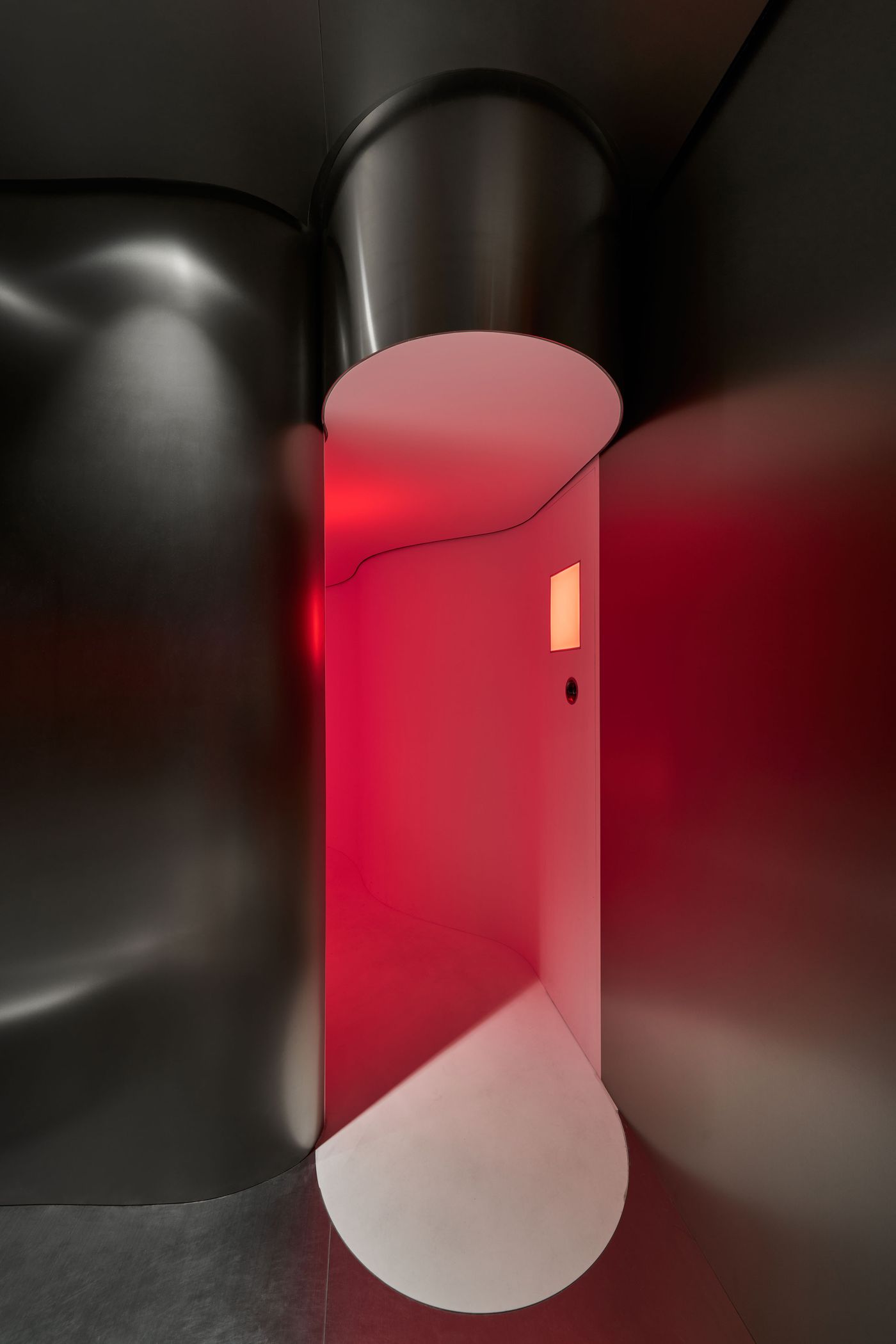
Photography by Seth Powers © Zara.
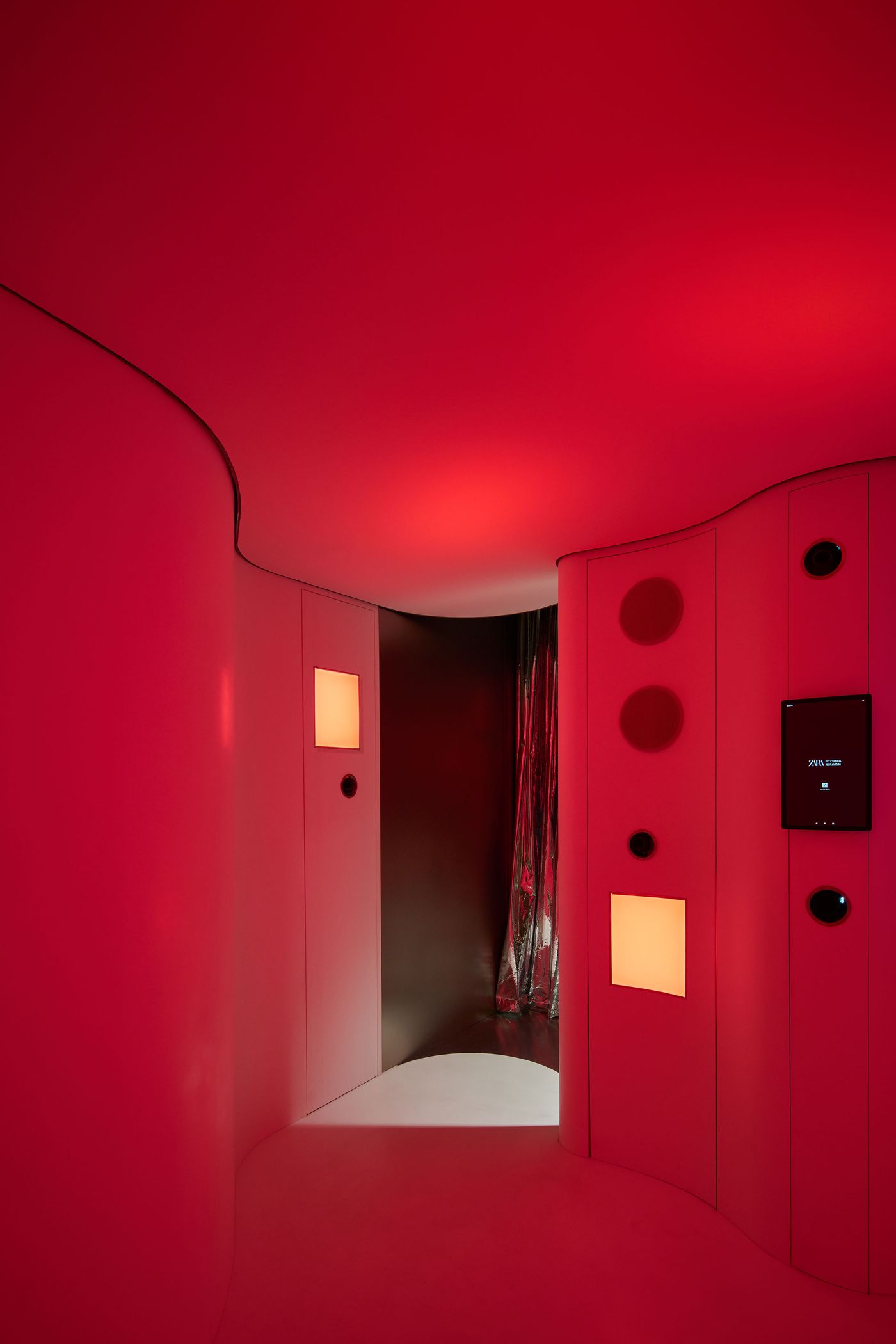
Photography by Seth Powers © Zara.
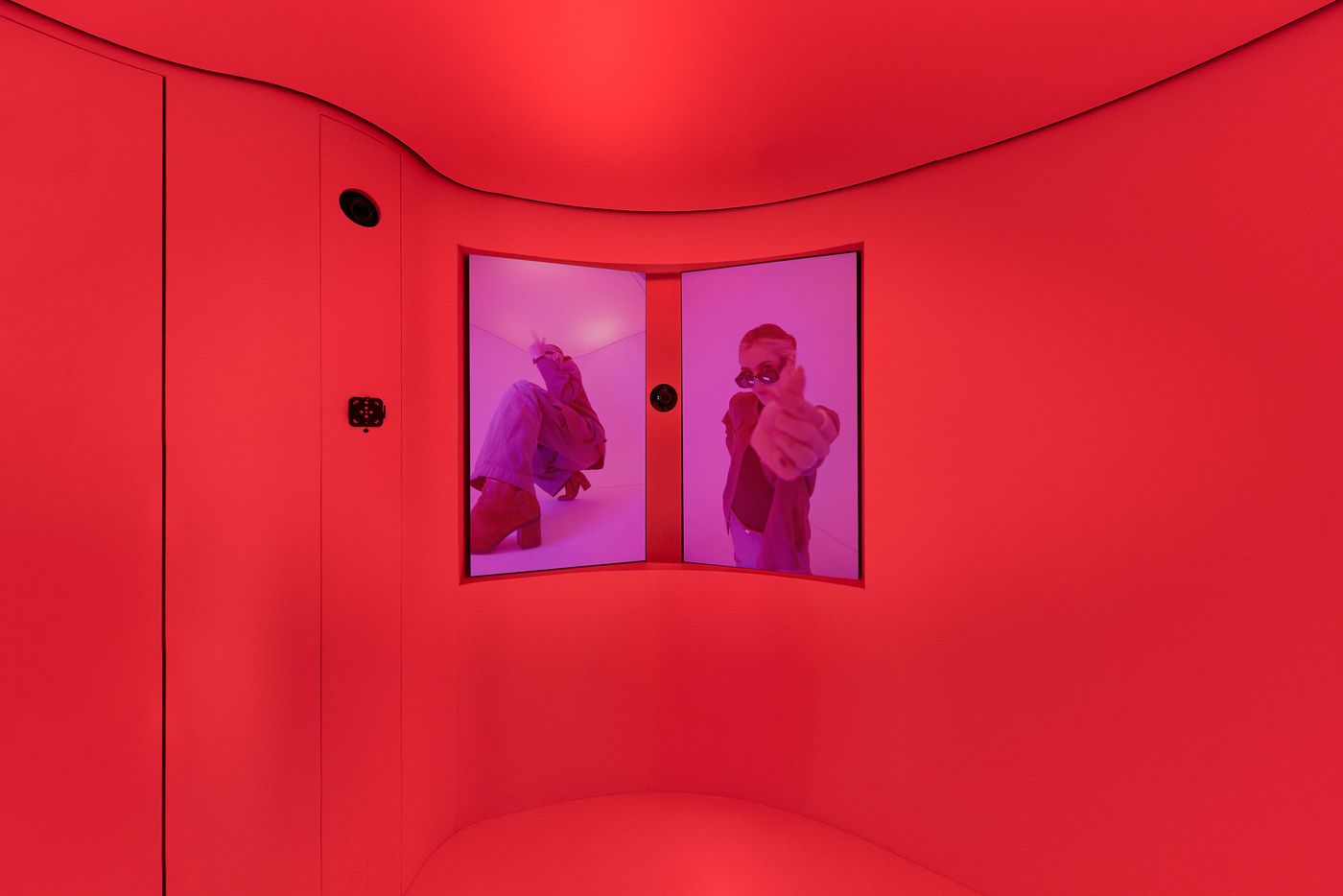
Photography by Seth Powers © Zara.
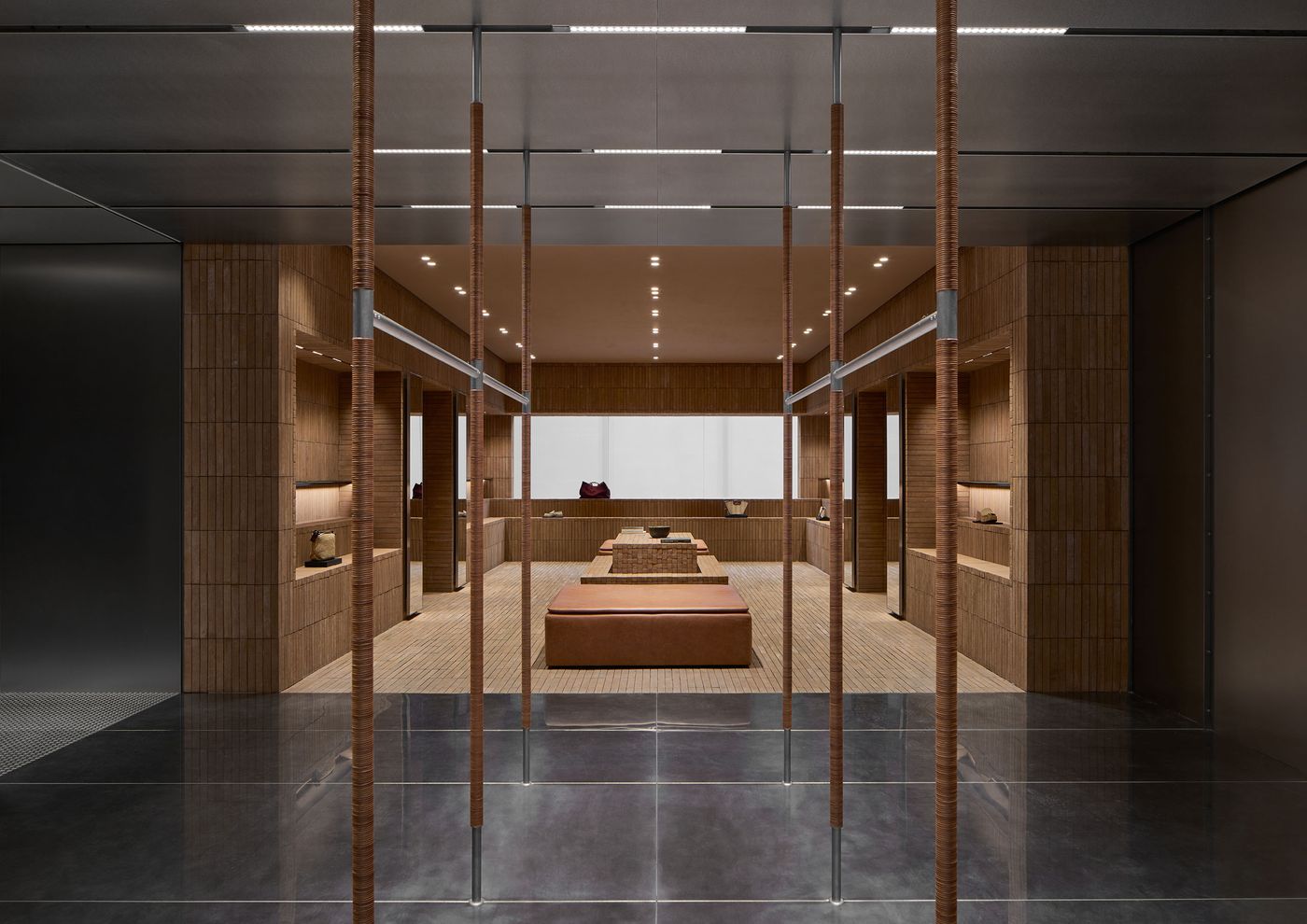
Photography by Seth Powers © Zara.
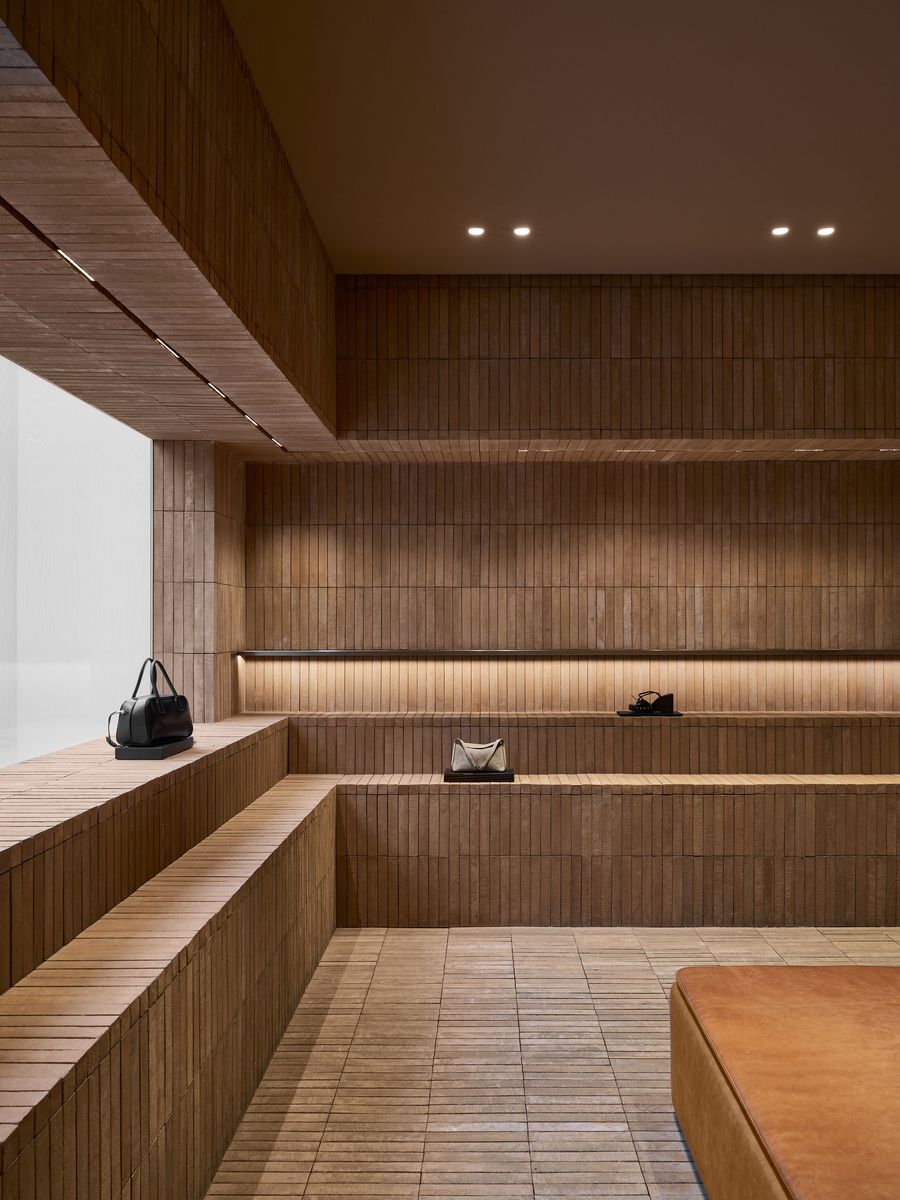
Photography by Seth Powers © Zara.

Photography by Seth Powers © Zara.
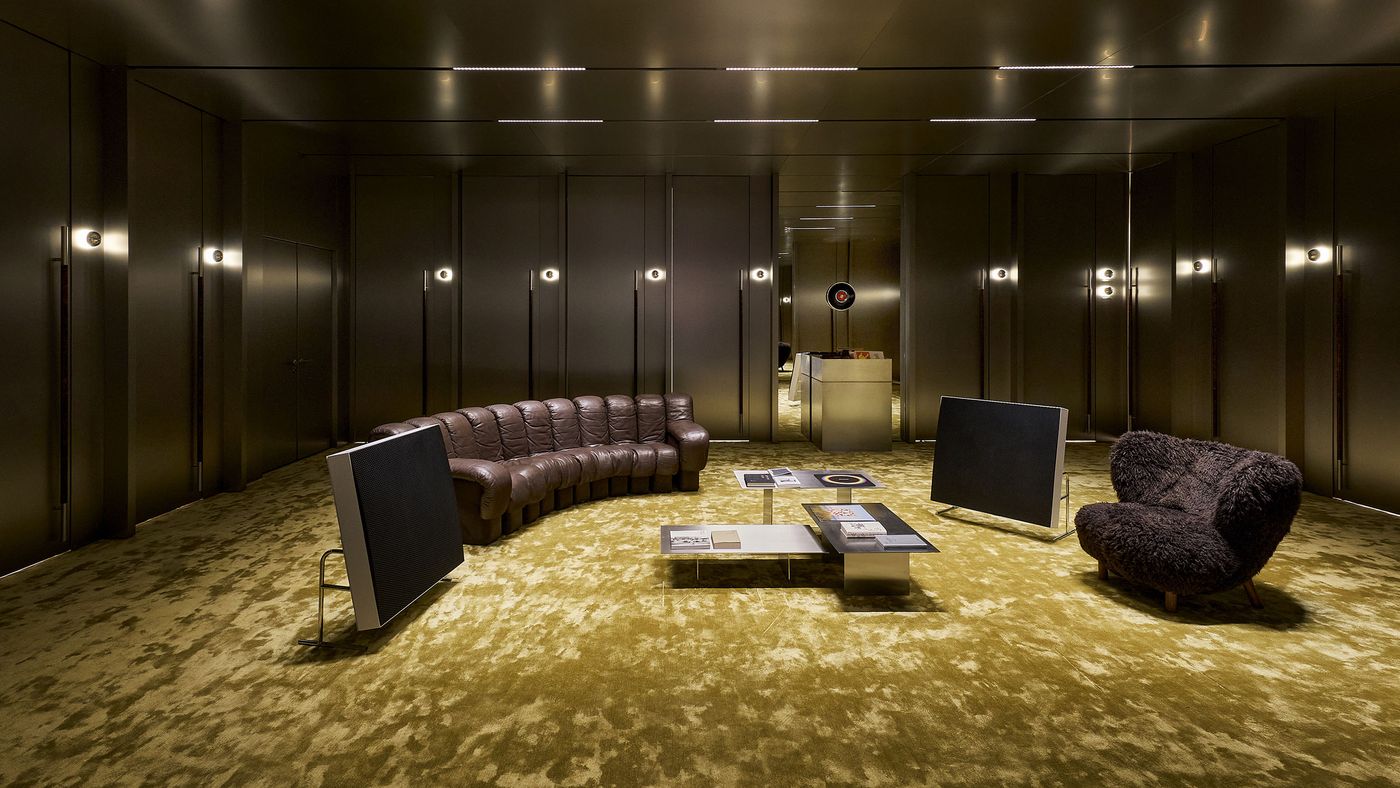
Photography by Seth Powers © Zara.
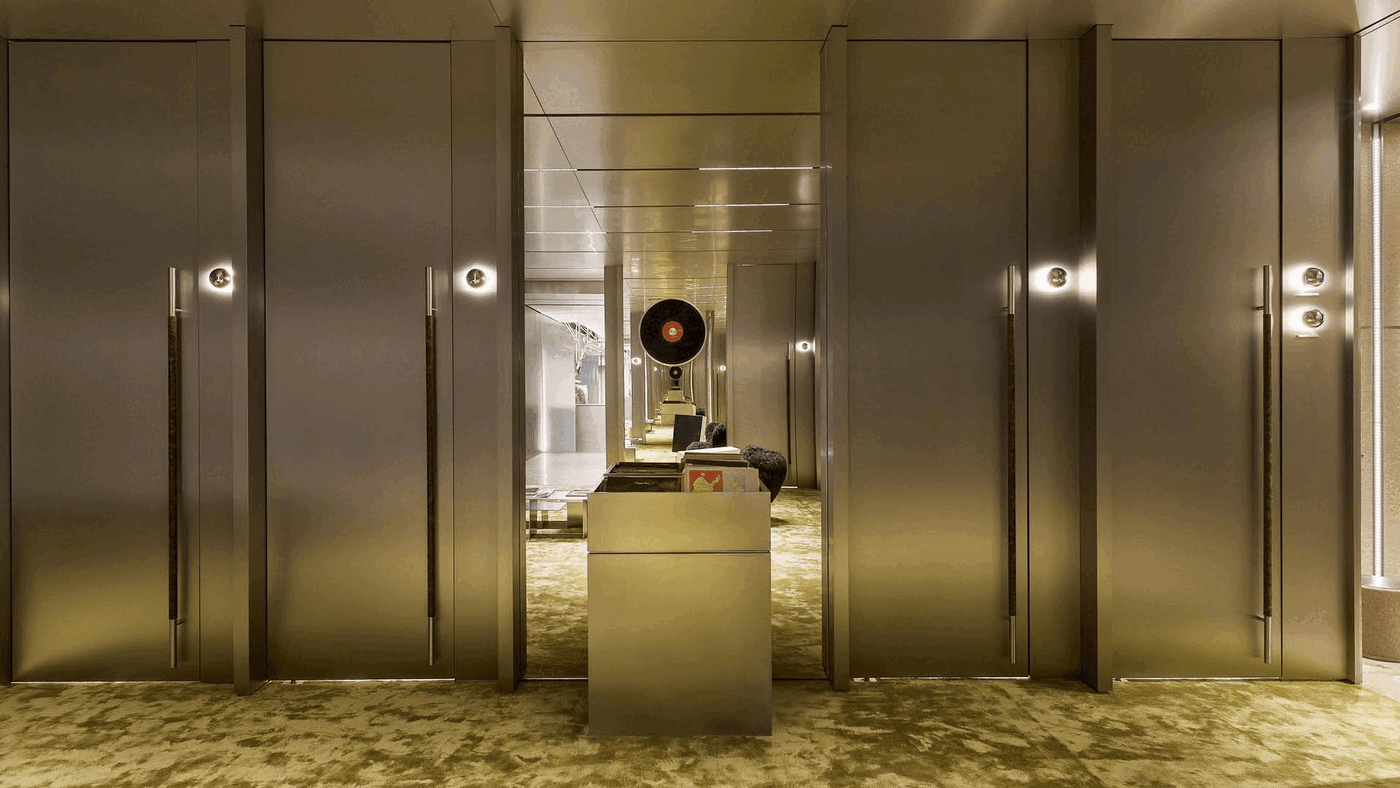
Photography by Seth Powers © Zara.
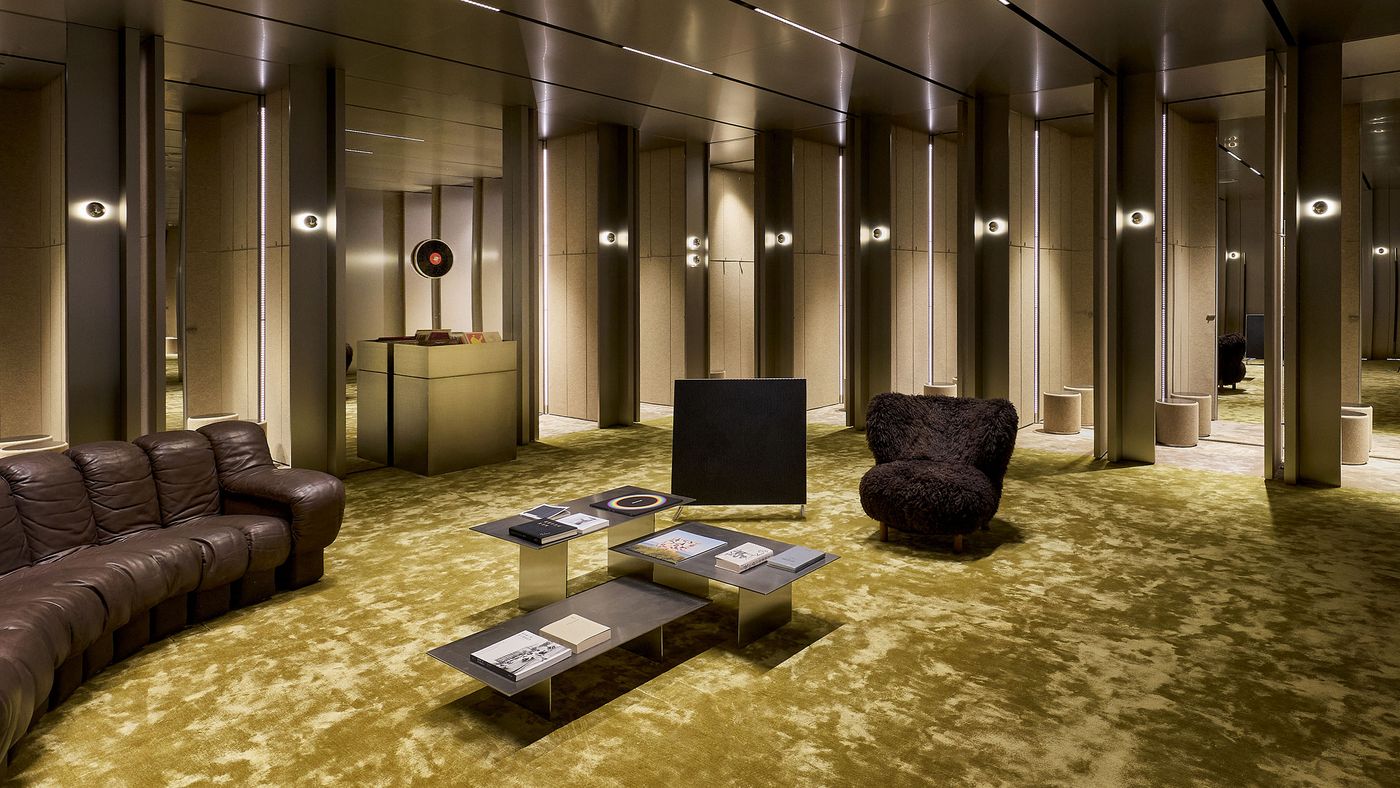
Photography by Seth Powers © Zara.

Photography by Seth Powers © Zara.
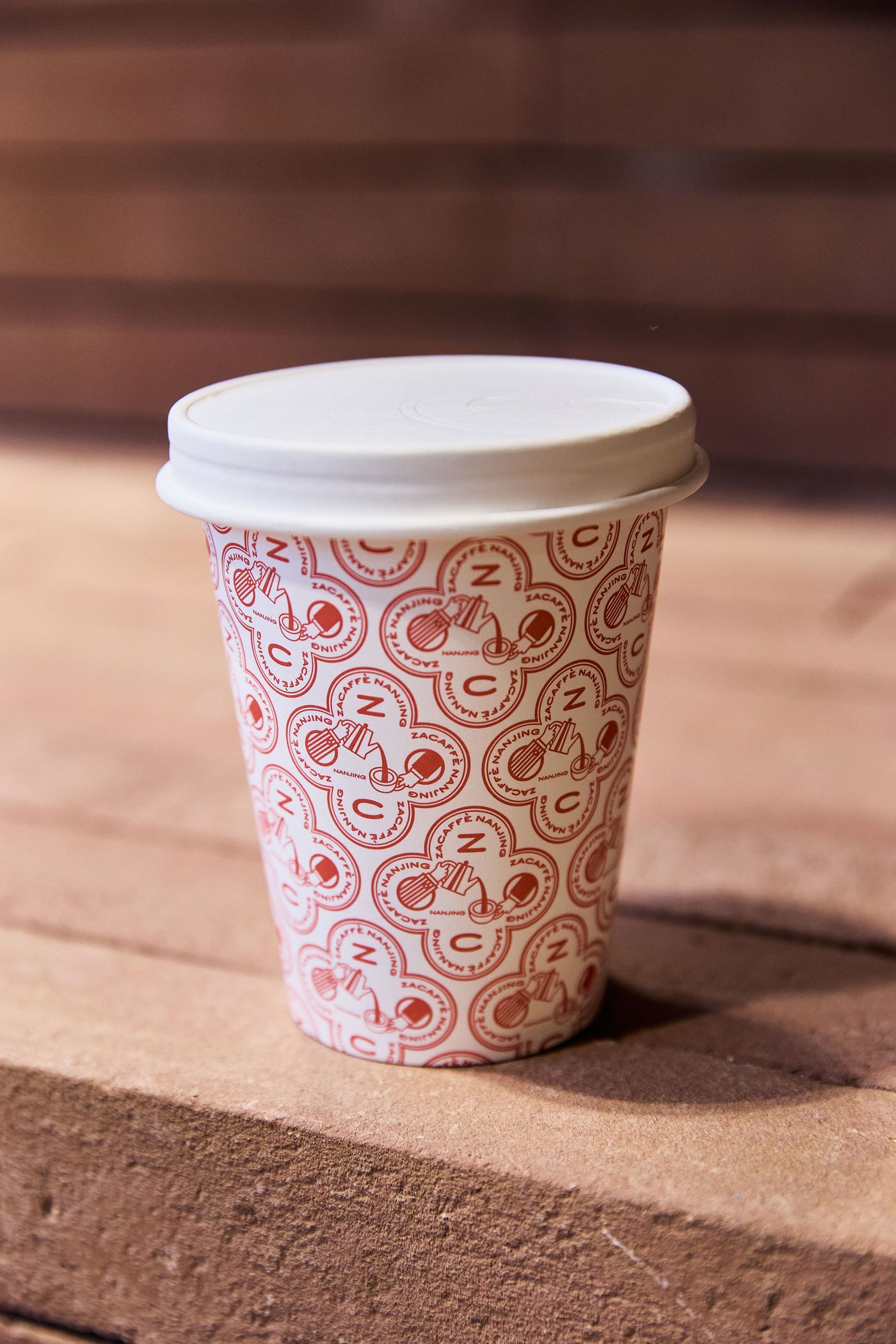
Photography by Seth Powers © Zara.
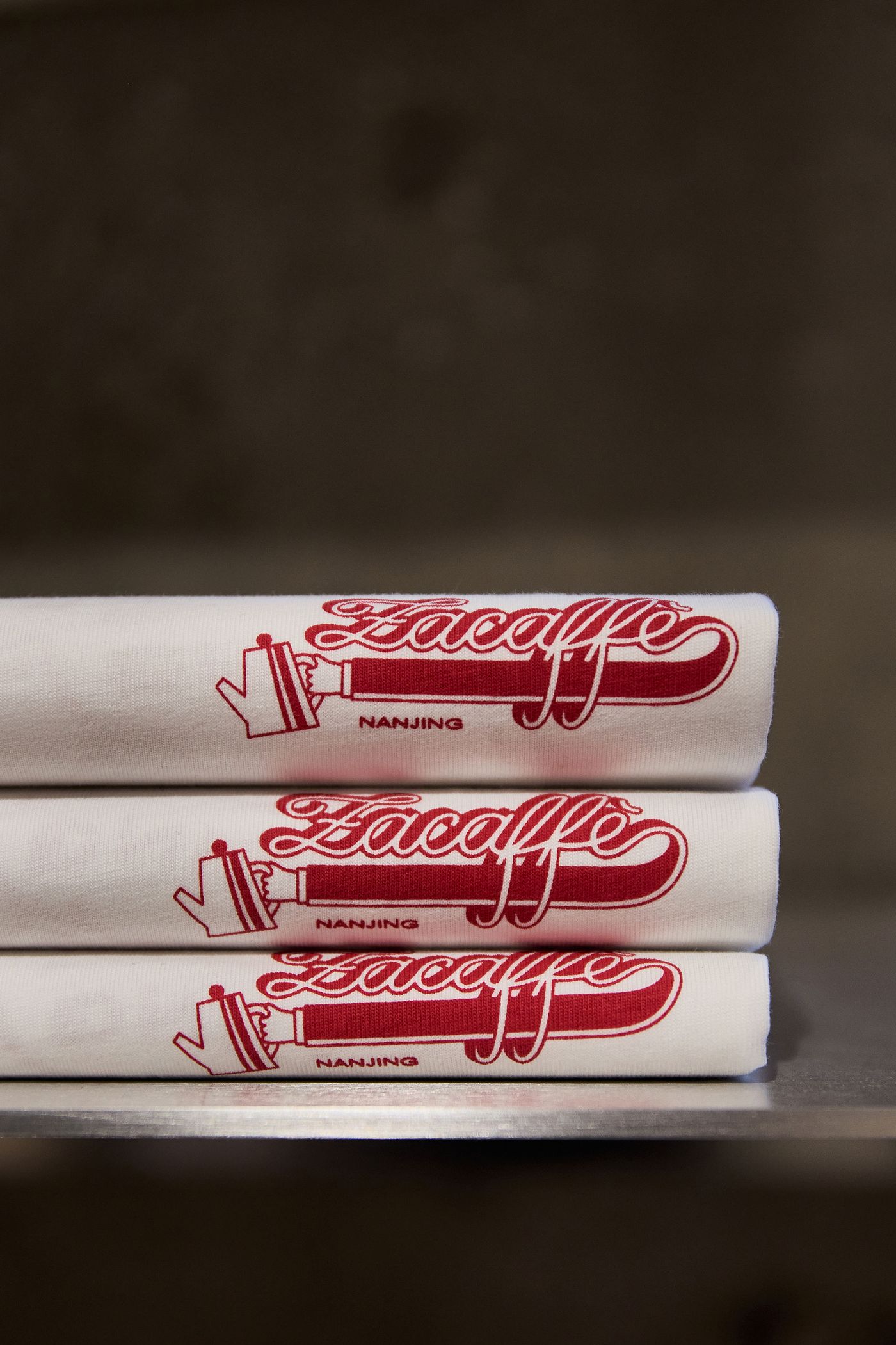
Photography by Seth Powers © Zara.
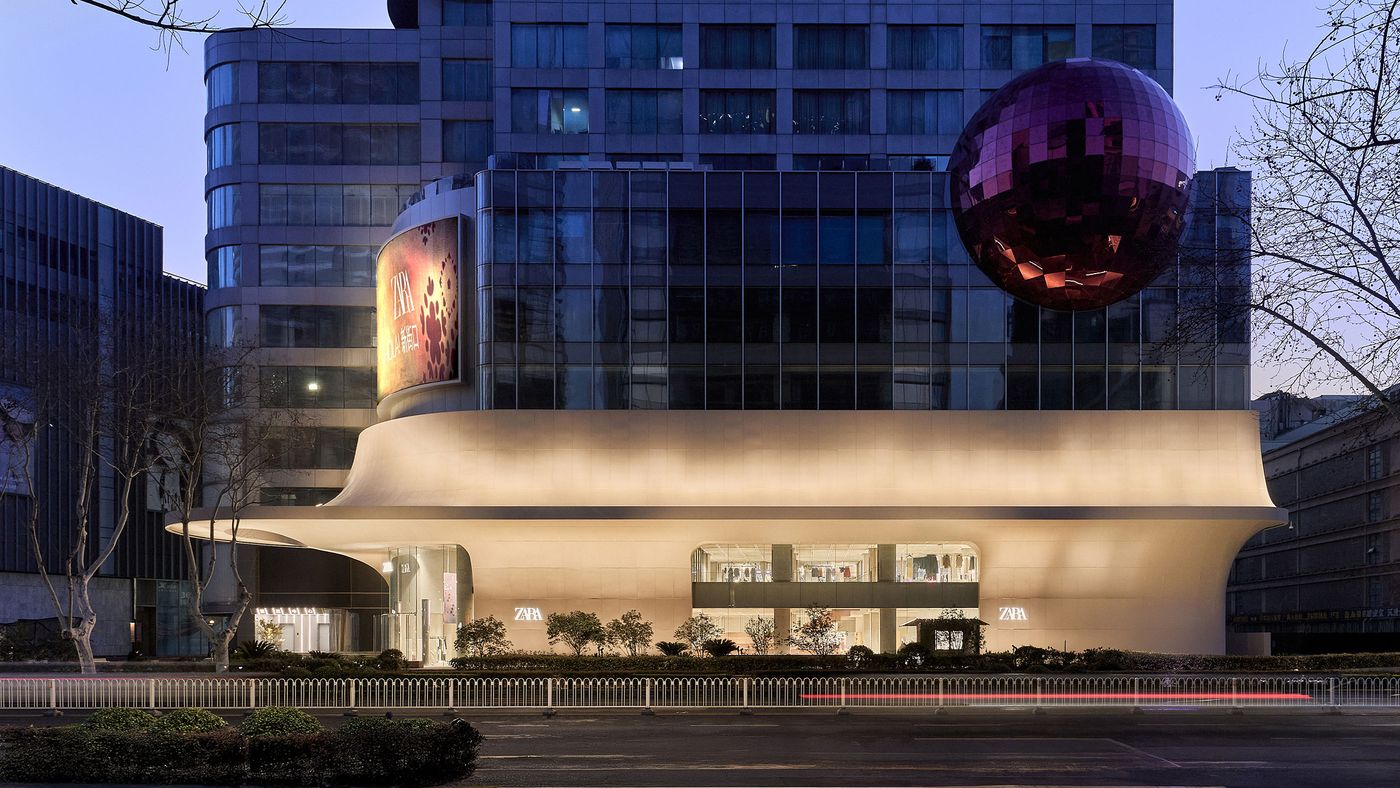
Photography by Seth Powers © Zara.
